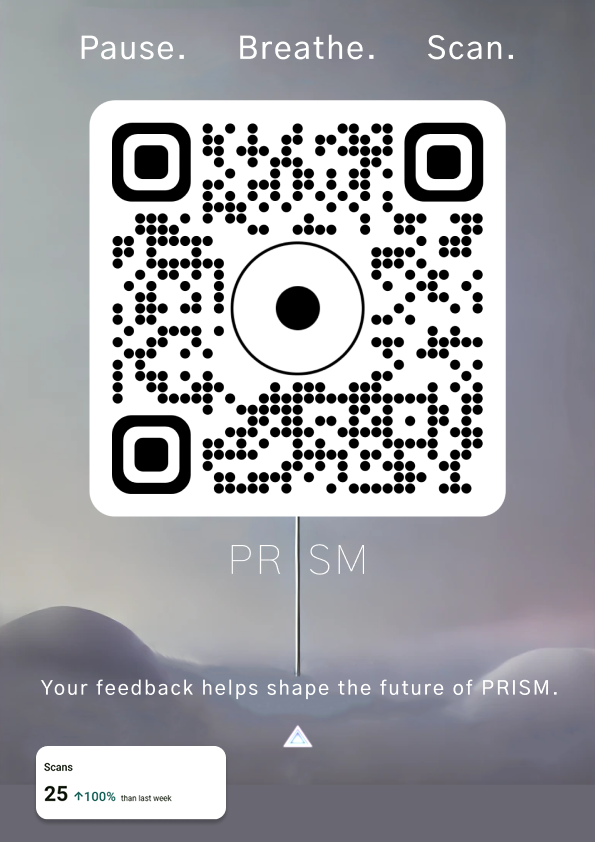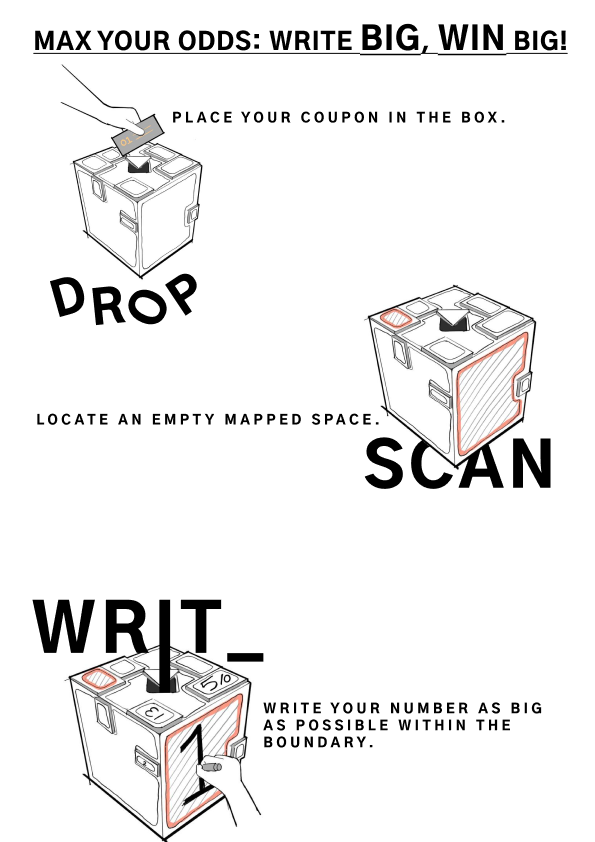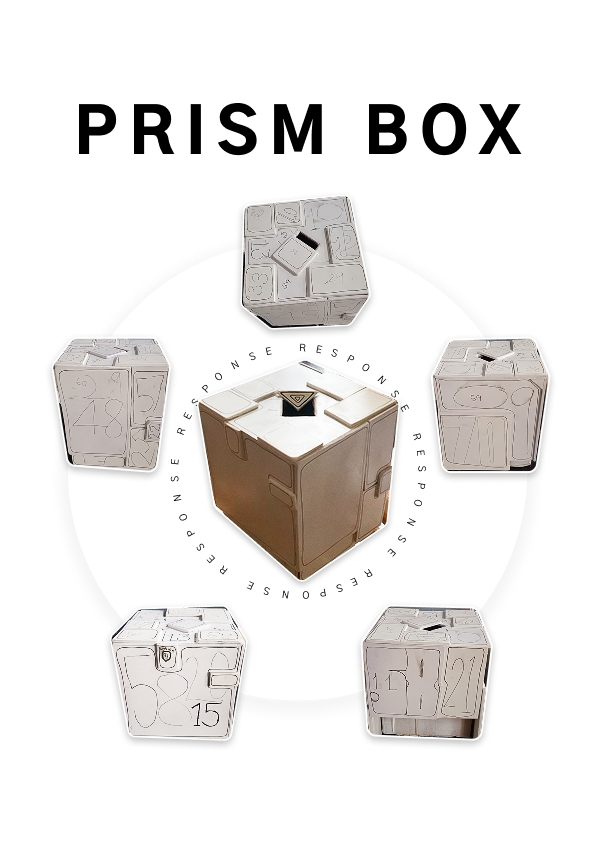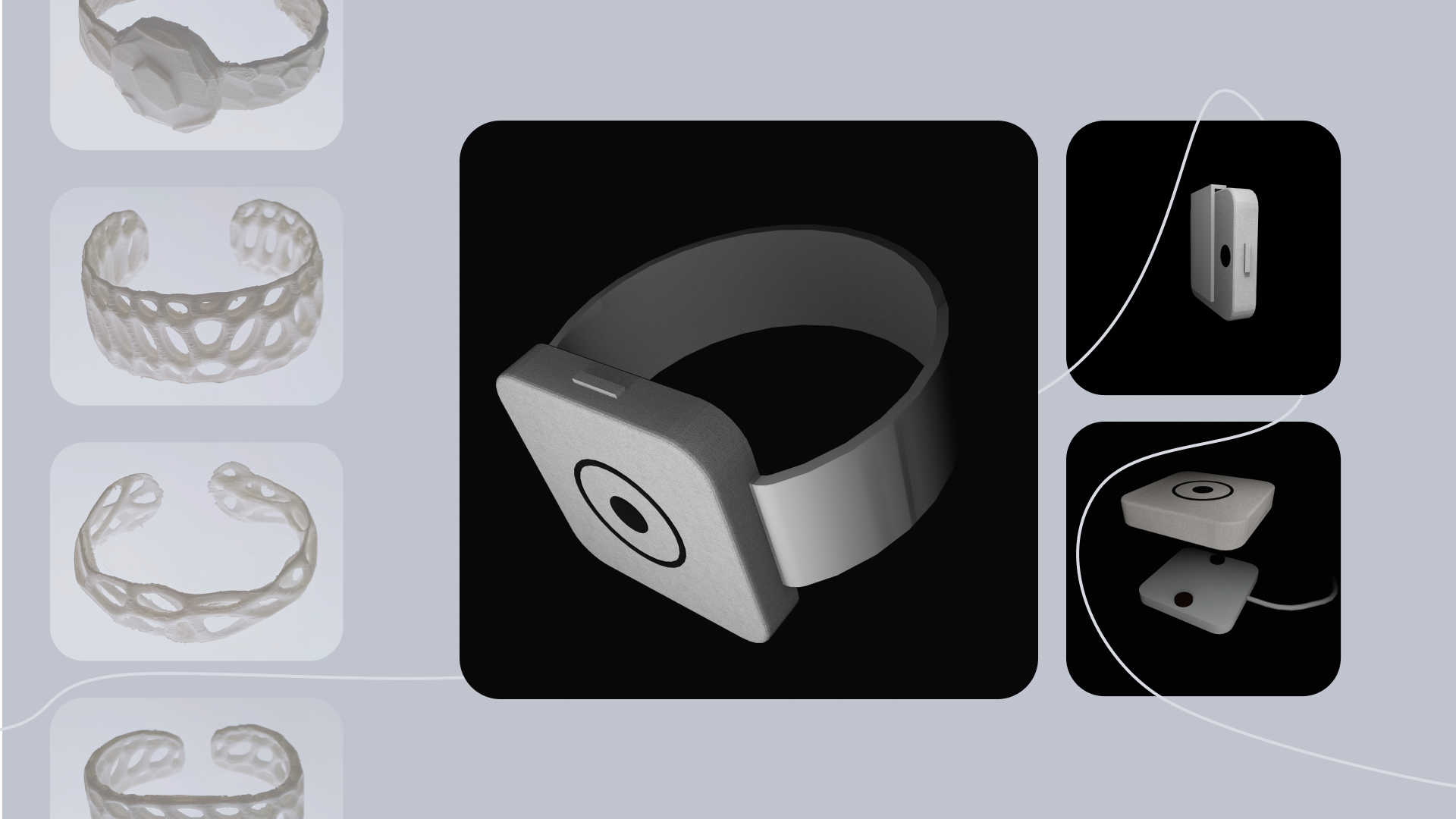
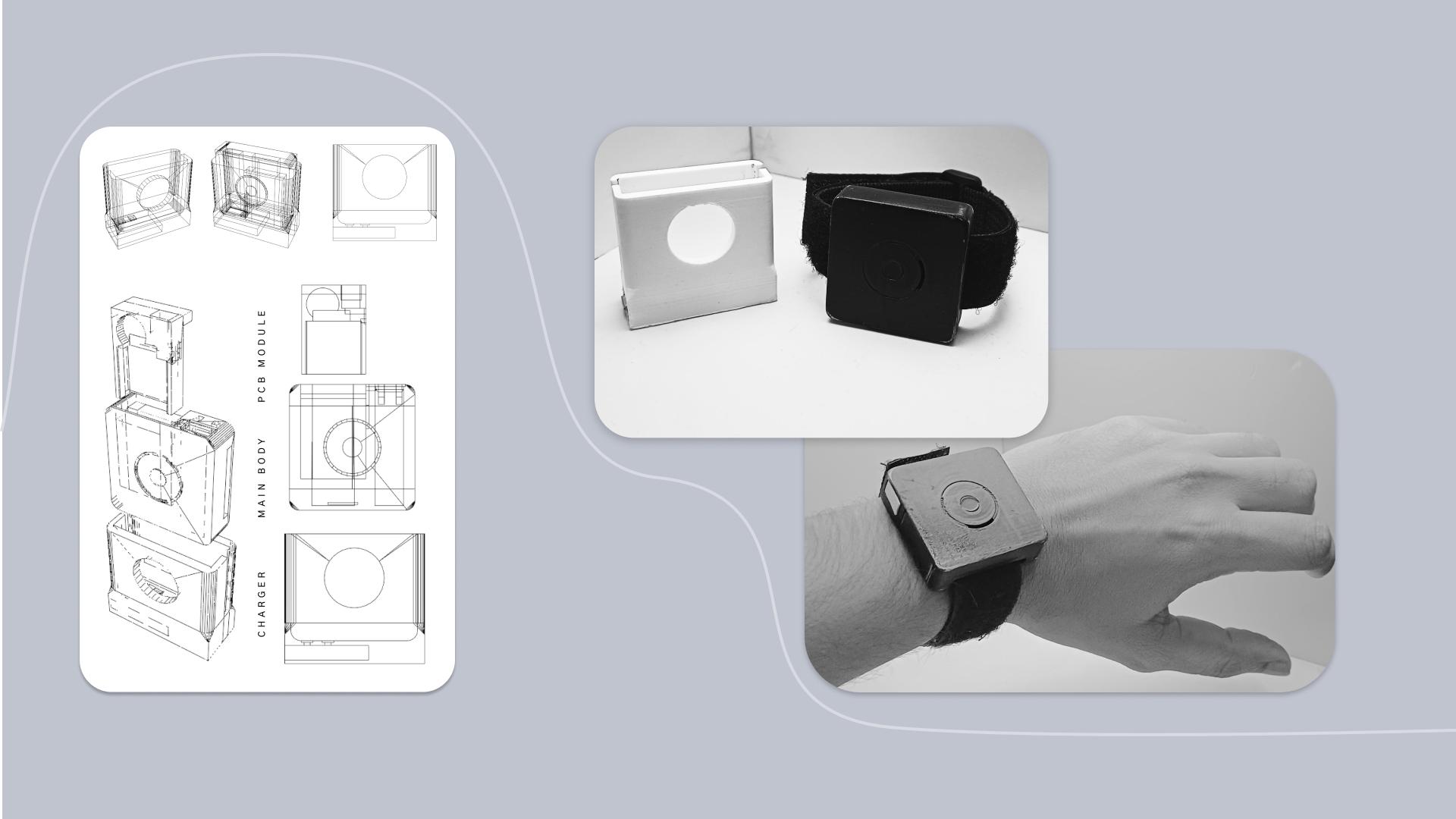
.png)
This project was a six-week sprint from idea to a fully functional mindfulness product, designed to help users stay present in the moment by addressing chronic digital distraction and cognitive overload.
Throughout the development process, I tackled multiple challenges, including rapid prototyping, user testing, marketing, and financial constraints. With a strict budget of ₹400,I focused on cost-effective materials, minimalistic yet engaging design, and creative marketing strategies to ensure accessibility and scalability.
From initial research and ideation to final product execution and promotional planning, every stage was optimized for efficiency, proving that impactful design doesn’t require a high budget—just the right vision and execution.
Category
Product Design Development and Management
6 Weeks Project
Prism (Present Resonance Interface for Sensory Mindfulness) is a stylish, minimalist wearable device (bracelet or pendant) designed to gently nudge users back to the present moment through subtle sensory cues. It combines haptic feedback, soft light, and a companion app to cultivate mindfulness without screen dependency.
INFORMATION FLOW
.png)
STAGE 1 - RESEARCH
PROBLEM IDENTIFICATION
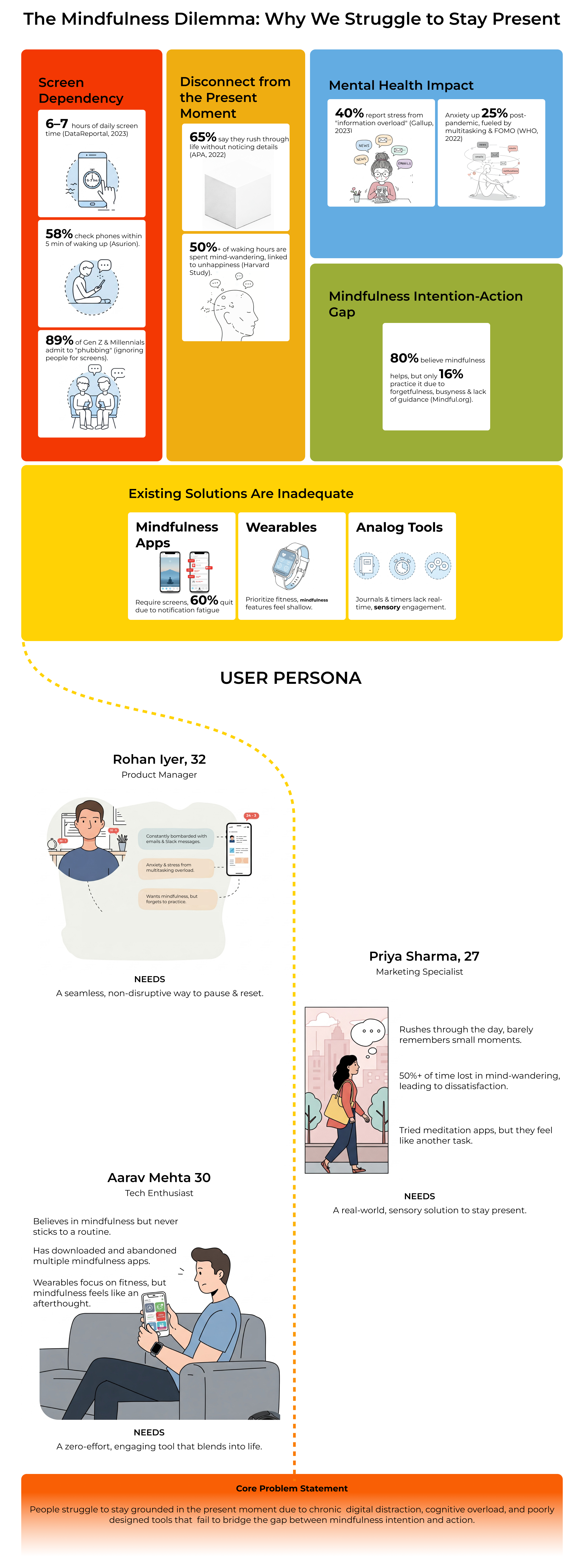
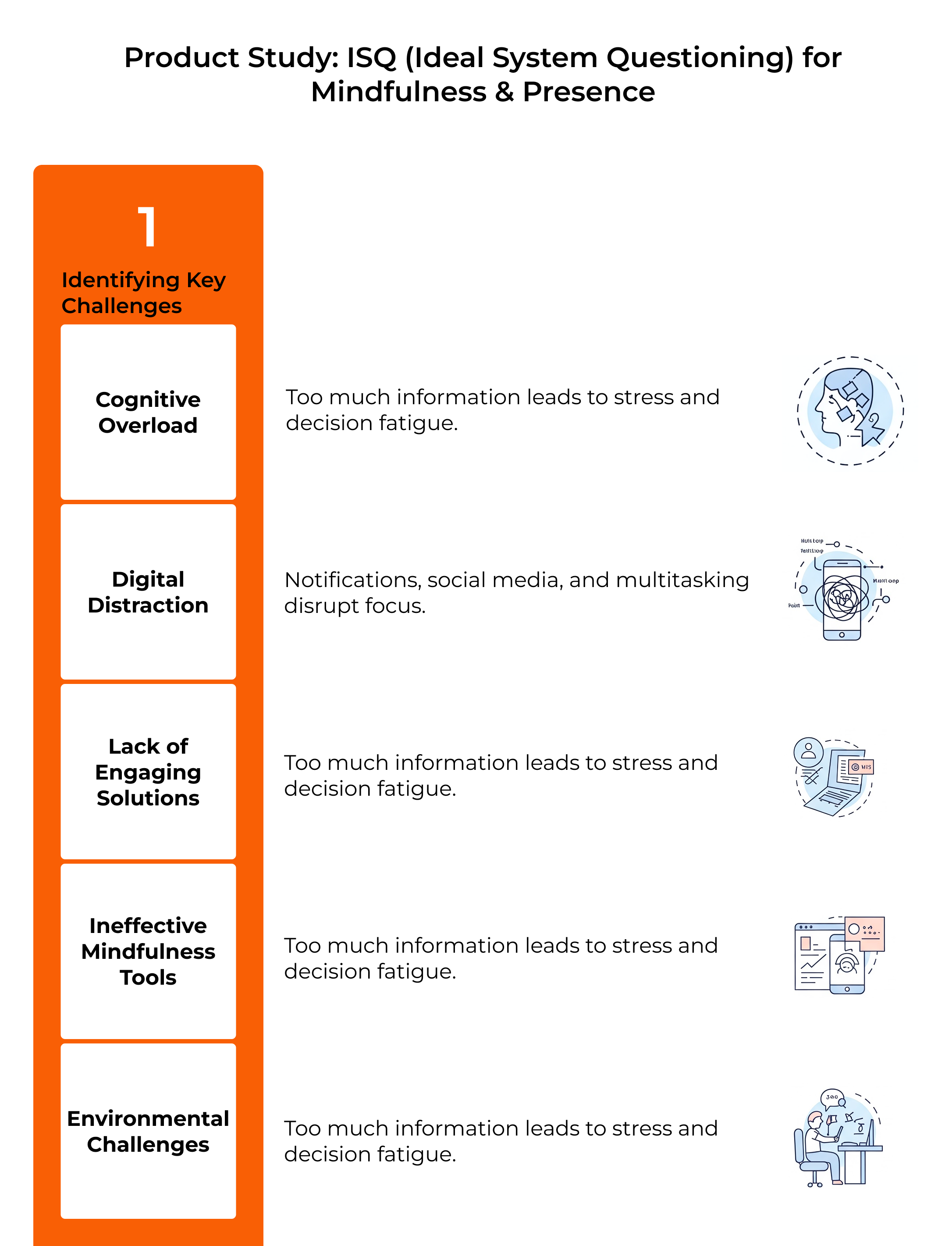
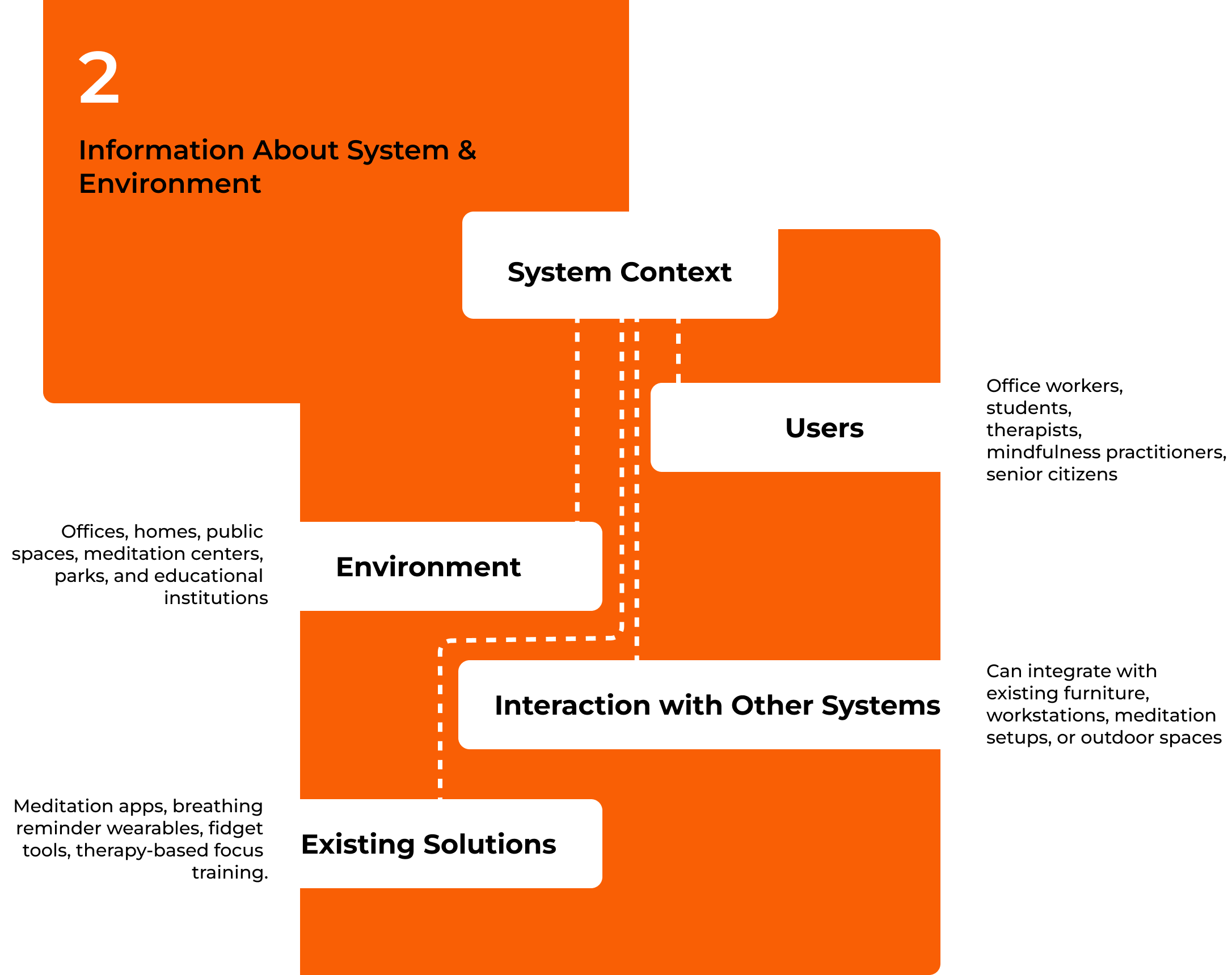
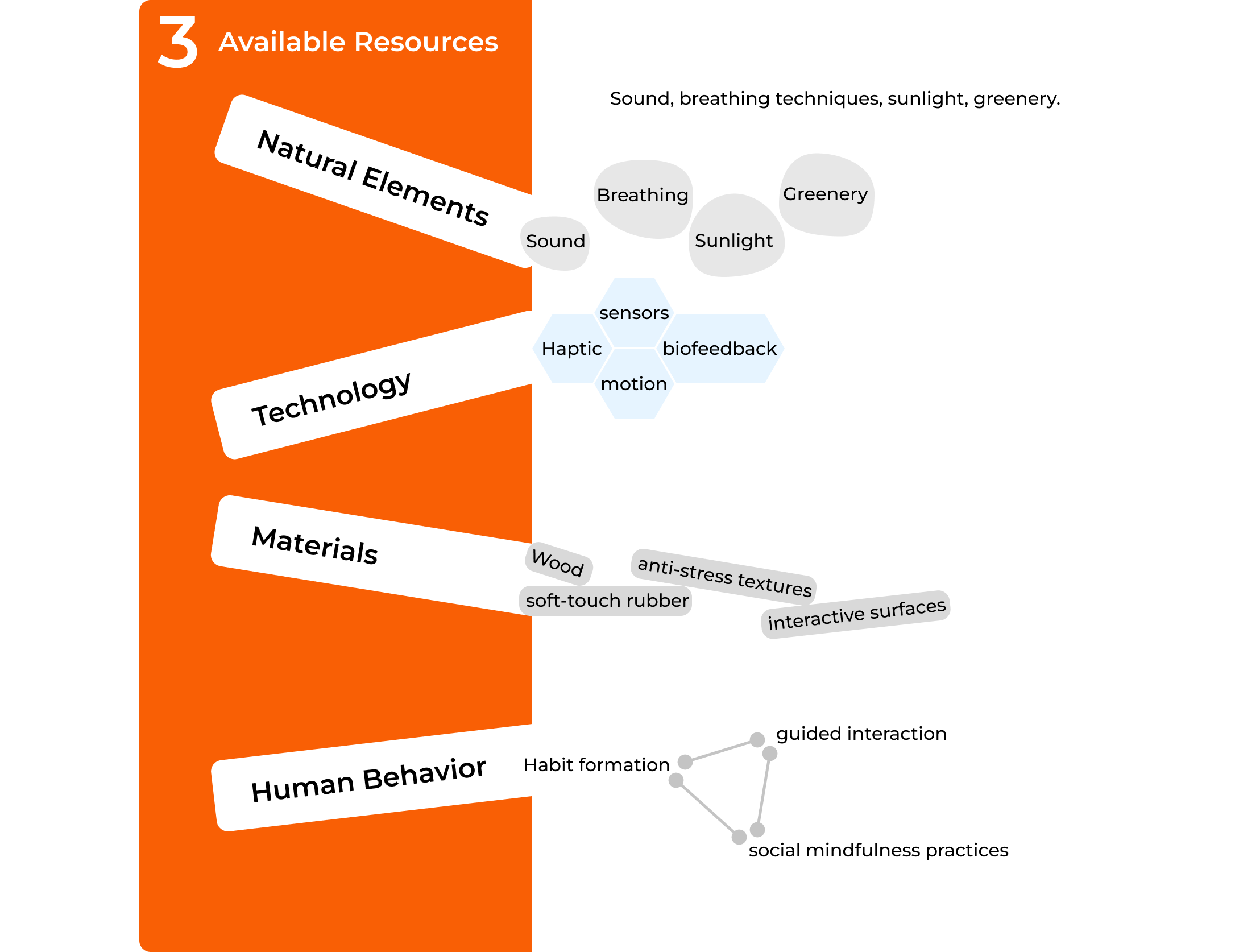
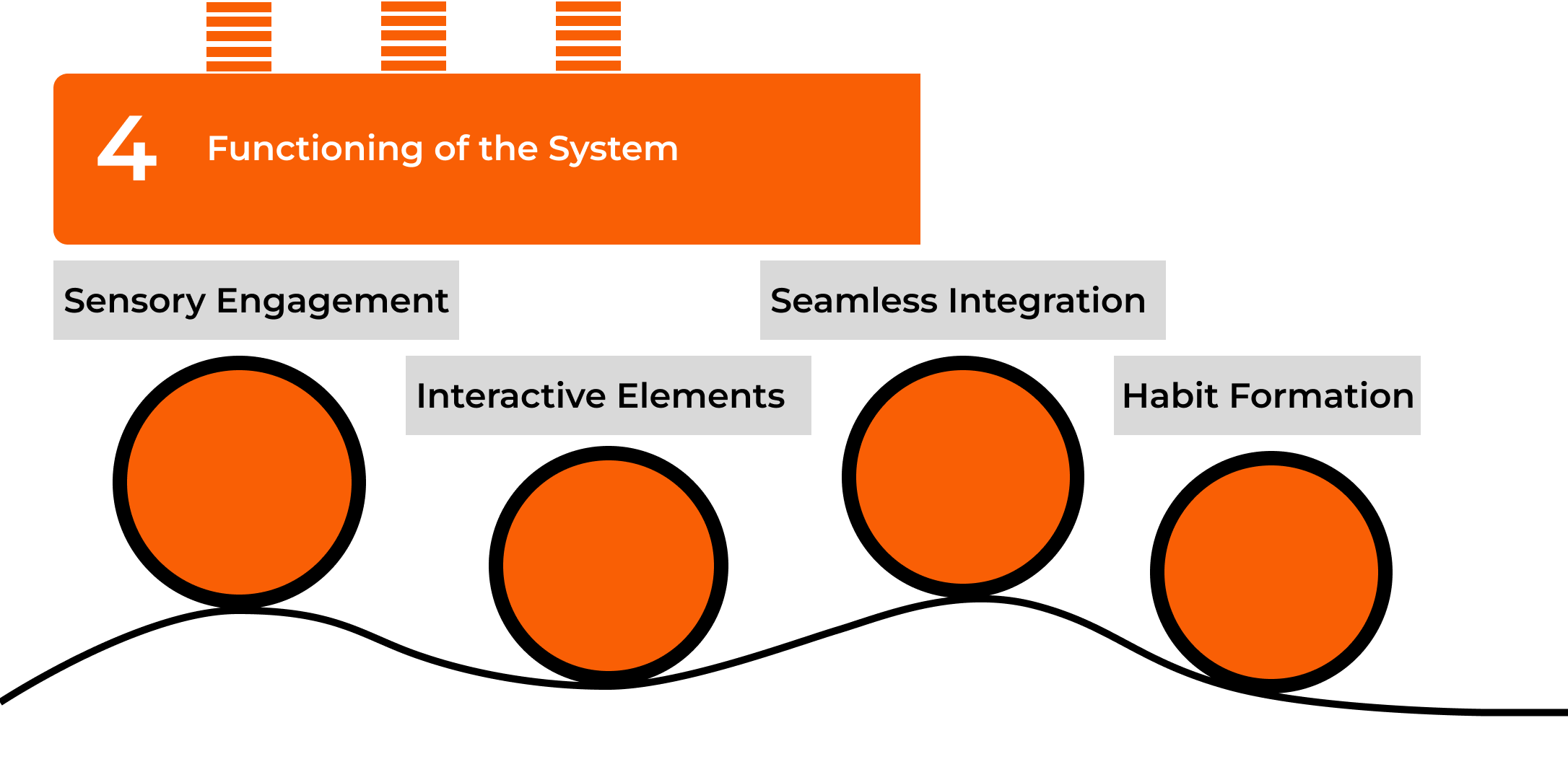
5. System Environment & Interactions
| Element | Interaction with Mindfulness Tool |
|---|---|
| Work Environment | Placed on desks, integrates into work sessions. |
| Outdoor Parks | Used as an interactive mindfulness installation (e.g., reflection garden). |
| Home Setup | Part of a morning/evening mindfulness routine. |
| Social Spaces | Encourages group mindfulness exercises. |
6. System Components (Product Breakdown)
| Component | Function |
|---|---|
| Physical Object | A tangible, interactive tool (e.g., kinetic sculpture, guided touchpad). |
| Haptic Feedback | Provides subtle vibrations to cue awareness. |
| Visual Indicators | Uses gradual color transitions to signal focus. |
| Auditory Feedback | Optional soft chimes or biofeedback tones. |
| Guided Instructions | Built-in breathing patterns or interactive mindfulness exercises. |
7. Identifying Problems & Drawbacks in Existing Solutions
| Problem in Existing Products | Impact |
|---|---|
| Passive Apps (e.g., meditation apps require active effort) | Users stop using them due to lack of engagement. |
| Uninspiring Reminders (e.g., phone notifications for mindfulness) | Easily ignored or dismissed. |
| Lack of Multi-Sensory Engagement | Current solutions don’t involve touch, sound, and movement together. |
| Lack of Personalization | Mindfulness is not one-size-fits-all; existing tools don’t adapt to user needs. |
8. Changing the System: Innovations & Solutions
| Feature to Improve | Enhancements |
|---|---|
| Engagement | Convert mindfulness into a playful, interactive experience. |
| Accessibility | Make it non-digital, multi-sensory, and effortless to use. |
| Integration | Place in common spaces (work desks, parks, social zones). |
| Lack of Personalization | Gamification |
9. Limitations to Consider
| Constraint | Considerations |
|---|---|
| Vandalism & Misuse | If placed in public spaces, needs durable material. |
| Accessibility | Budget Constraints |
| Scalability | Designing it for both individual and group use. |
| Maintenance Needs | Easy to clean, minimal wear and tear. |
10. Criteria for Selection of Solution Concepts
| Feature | Importance (1-5 Scale) |
|---|---|
| Non-digital & Tangible | 5 |
| Multi-sensory Engagement | 5 |
| Seamless Daily Integration | 4 |
| Guided Interactive Features | 4 |
| Social & Individual Use | 3 |
| Scalability & Adaptability | 3 |
Market Study
To develop an engaging, tangible mindfulness product, we need to analyze existing market trends, competitors, customer needs, and gaps.
1. Existing Market Landscape
| Market Segment | Current Products/Brands | Key Features | Challenges/Gaps |
|---|---|---|---|
| Meditation Apps | Headspace, Calm, Insight Timer | Guided sessions, Reminders, Music | Passive, requires self-motivation, easy to ignore |
| Smart Wearables | Apple Watch, Oura Ring, Fitbit | Breathing reminders, HRV monitoring | Notifications often ignored, not engaging |
| Smart Wearables | Zen gardens, worry stones, focus timers | Tactile engagement, relaxation | Lacks guided experience, no sensory feedback |
| Mindfulness Gadgets | Muse, Core Meditation Trainer | Biofeedback, Smart vibrations | Expensive, technology-dependent |
| AR/VR Mindfulness | TRIPP VR, Guided VR meditation | Immersive experiences | Requires headset, not practical for daily use |
| Wellness & Therapy Centers | Sensory rooms, guided mindfulness sessions | Professional guidance, structured environment | Not portable, not daily-use friendly |
2. Market Growth Trends
| Industry | Growth Rate (CAGR) | Market Drivers |
|---|---|---|
| Mindfulness & Meditation Market | 10.4% (2023-2028) | Rising stress levels, digital detox movement, mental health awareness |
| Wellness Wearables | 12.5% (2023-2028) | Demand for real-time biofeedback, integration with digital lifestyle |
| Sensory & Fidget Tools | 8.2% (2023-2028) | Increasing focus on ADHD and stress relief |
| AR/VR Wellness Solutions | 15.3% (2023-2030) | Growth in immersive wellness experiences |
3. Competitor Analysis & Feature Benchmarking
| Brand/Product | Mindfulness Approach | Strengths | Weaknesses |
|---|---|---|---|
| Brand/Product | App-based meditation | Extensive guided content | Passive, easily ignored |
| Apple Watch (Mindfulness Mode) | Smart reminders, breathing tracking | Integrated into lifestyle | Lacks immersive engagement |
| Core Meditation Trainer | Biofeedback vibration tool | Personalized feedback | High cost, requires charging |
| Mindfulness Gadgets | Muse, Core Meditation Trainer | Biofeedback, Smart vibrations | Expensive, technology-dependent |
| Fidget Cubes / Worry Stones | Physical tactile focus tools | Simple, effective for fidgeting | No guided mindfulness exercises |
| Zen Gardens | Visual relaxation | Beautiful, therapeutic | Not portable, not interactive |
| Muse Headband | Brainwave sensing meditation | Real-time feedback | Expensive, requires app & Bluetooth |
Key Takeaways from Competitor Study: ✔ Digital apps are passive → Users don’t engage unless highly motivated.
✔ Wearables require effort → Notifications get ignored.
✔ Physical tools lack guidance → No structured exercises.
✔ Biofeedback solutions are costly → Not accessible to all.
✔ Mindfulness should be effortless & engaging → Multi-sensory tools needed.
Quality Function Deployment (QFD)
To develop an engaging, tangible mindfulness product, we need to analyze existing market trends, competitors, customer needs, and gaps.
1. Customer Requirements (Voice of Customer)
| ID | Requirement | Why It’s Important? |
|---|---|---|
| CR1 | Must engage multiple senses (touch, sound, light) | Helps users stay present in real time |
| CR2 | Must work without digital screens | Avoids more distractions |
| CR3 | Should provide real-time haptic feedback | Reinforces mindfulness intention |
| CR4 | Should be portable & easy to use | Can be used in different environments |
| CR5 | Should guide users without active effort | No complex setup or training needed |
| CR6 | Should have a calming design | Encourages stress relief and focus |
| CR7 | Should enable social mindfulness (multi-user option) | Encourages group mindfulness in social settings |
| CR8 | Should help build mindfulness habits over time | Long-term engagement |
2. Customer Requirements with Weights (Prioritization)
| Customer Requirement | Weight (1-5) |
|---|---|
| CR1: Multi-Sensory Engagement | 5 |
| CR2: No Digital Screens | 5 |
| CR3: Real-Time Haptic Feedback | 4 |
| CR4: Portability & Ease of Use | 4 |
| CR5: Effortless Guided Experience | 5 |
| CR6: Calming & Stress-Relief Design | 3 |
| CR7: Social Mindfulness Features | 3 |
| CR8: Habit Formation Support | 4 |
Top 3 Priorities:
✔ Multi-sensory engagement → Users need tangible interaction.
✔ No screens → Helps reduce digital distractions.
✔ Effortless experience → Should work naturally without extra effort.
3. Benchmarking Against Competitive Products
| Feature | Our Product | Apps (Headspace, Calm) | Wearables (Apple Watch, Muse) | Physical Mindfulness Tools |
|---|---|---|---|---|
| Multi-sensory engagement | ✅ Strong | ❌ Weak | ✅ Medium | ❌ Weak |
| No Digital Screens | ✅ Yes | ❌ No | ❌ No | ✅ Yes |
| Haptic Feedback | ✅ Yes | ❌ No | ✅ Yes | ❌ No |
| Portability | ✅ Yes | ✅ Yes | ✅ Yes | ✅ Yes |
| Guided Mindfulness | ✅ Yes | ✅ Yes | ✅ Yes | ❌ No |
| Social/Group Use | ✅ Yes | ❌ No | ❌ No | ❌ No |
| Habit Formation Support | ✅ Yes | ✅ Yes | ✅ Yes | ❌ No |
4. Determine Project Objectives
Primary Design Goals
✔ Create a tangible, interactive mindfulness tool that works without screens.
✔ Ensure multi-sensory engagement (touch, light, sound, movement).
✔ Develop a passive guidance system that nudges users into mindfulness without effort.
✔ Make it portable & scalable for different environments.
✔ Support both solo and social mindfulness to encourage group use.
Key Differentiators from Competitors
✔ Tangible, physical mindfulness engagement instead of passive apps.
✔ Multi-sensory interaction → combining touch, movement, light, and sound.
✔ Non-digital, immersive experience (no screens or notifications).
✔ Gamified mindfulness interactions → encourages long-term use.
SOLUTION BRAINSTORMING
------------------------------------------

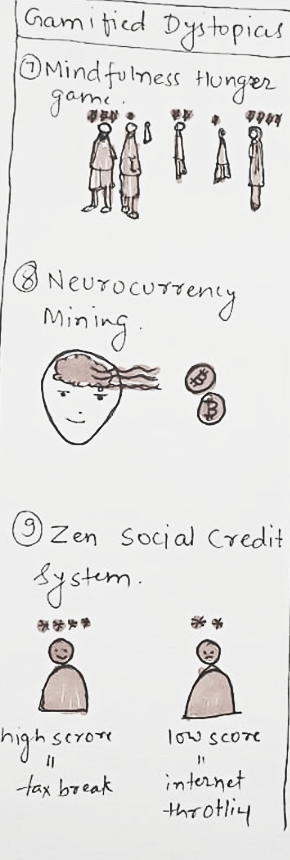
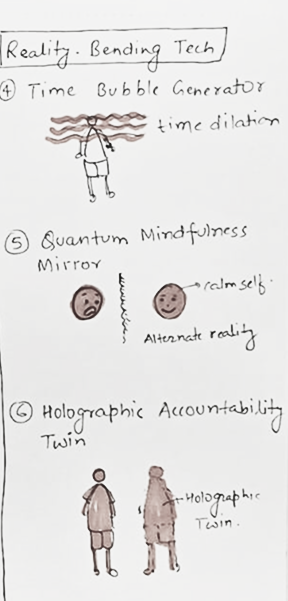
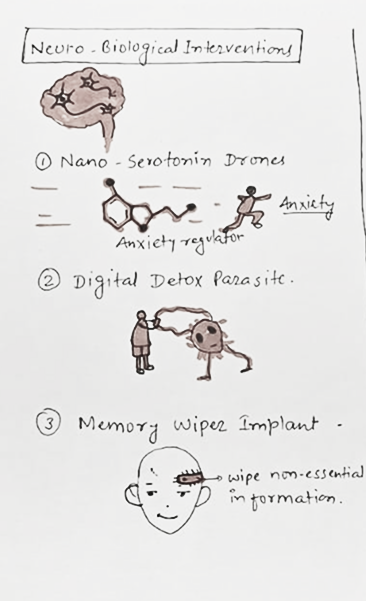
Evidence Supporting PRISM's Value
Relevant Research Findings
1. Sensory Anchoring Works
Studies show tactile feedback (e.g., vibrations) significantly improves focus and reduces anxiety (NIH, 2021).
Ambient light cues are proven to lower cortisol levels (Journal of Environmental Psychology, 2020).
2. Micro-Practices Matter
Short, frequent mindfulness sessions (1–3 minutes) are 3x more effective for habit formation than longer sessions (UC Berkeley Greater Good Science Center).
3. Demand for Hybrid Solutions
68% of wearable users want devices that “enhance mental wellness, not just physical health” (McKinsey, 2023).
User Pain Points PRISM Solves
| Pain Point | How PRISM Helps |
|---|---|
| “I forget to pause” | Gentle haptic/light reminders prompt immediate grounding. |
| “Apps distract me more” | Screen-free design avoids digital overload. |
| “I don’t know HOW to be present” | Guided micro-practices (e.g., breath sync, “Sense Now” button) provide actionable steps. |
| “I need tangible progress” | App journal and streaks motivate consistent practice. |
Counterarguments & Risks
1. “Do people need another device?”
Counter: PRISM's minimalist design and focus on reducing screen time differentiate it from cluttered tech.
Data: 52% of consumers prioritize “tech that helps them disconnect” (Deloitte, 2023).
1. “Will users sustain engagement?”
Risk: Habit-forming products require strong UX. Gamification (streaks, achievements) and personalized reminders can mitigate drop-off.
1. “Is mindfulness a luxury?”
Counter: Stress is universal. PRISM's value aligns with wellness products (e.g., Theragun, Oura Ring), which saw 200% YOY growth in 2022.
Competitive Validation
Spire Stone ($129): A wearable that tracks stress via breathing but lacks sensory engagement.
Muse Headband ($349): EEG-based meditation tool; expensive and niche.
AuraBand’s Edge: Affordable, stylish, and focused on in-the-moment reconnection rather than post-hoc analysis.
Conclusion
Yes, PRISM Solves a Valid Problem.
The data confirms a growing “present-moment deficit” driven by digital overload, stress, and ineffective solutions. PRISM’s unique blend of subtle sensory cues, screen-free engagement, and actionable micro-practices directly addresses these pain points. While adoption risks exist, the rising demand for hybrid mental wellness tools (physical + digital) positions PRISM to carve a niche in the $8.6B mindfulness tech market.
CONCEPTS
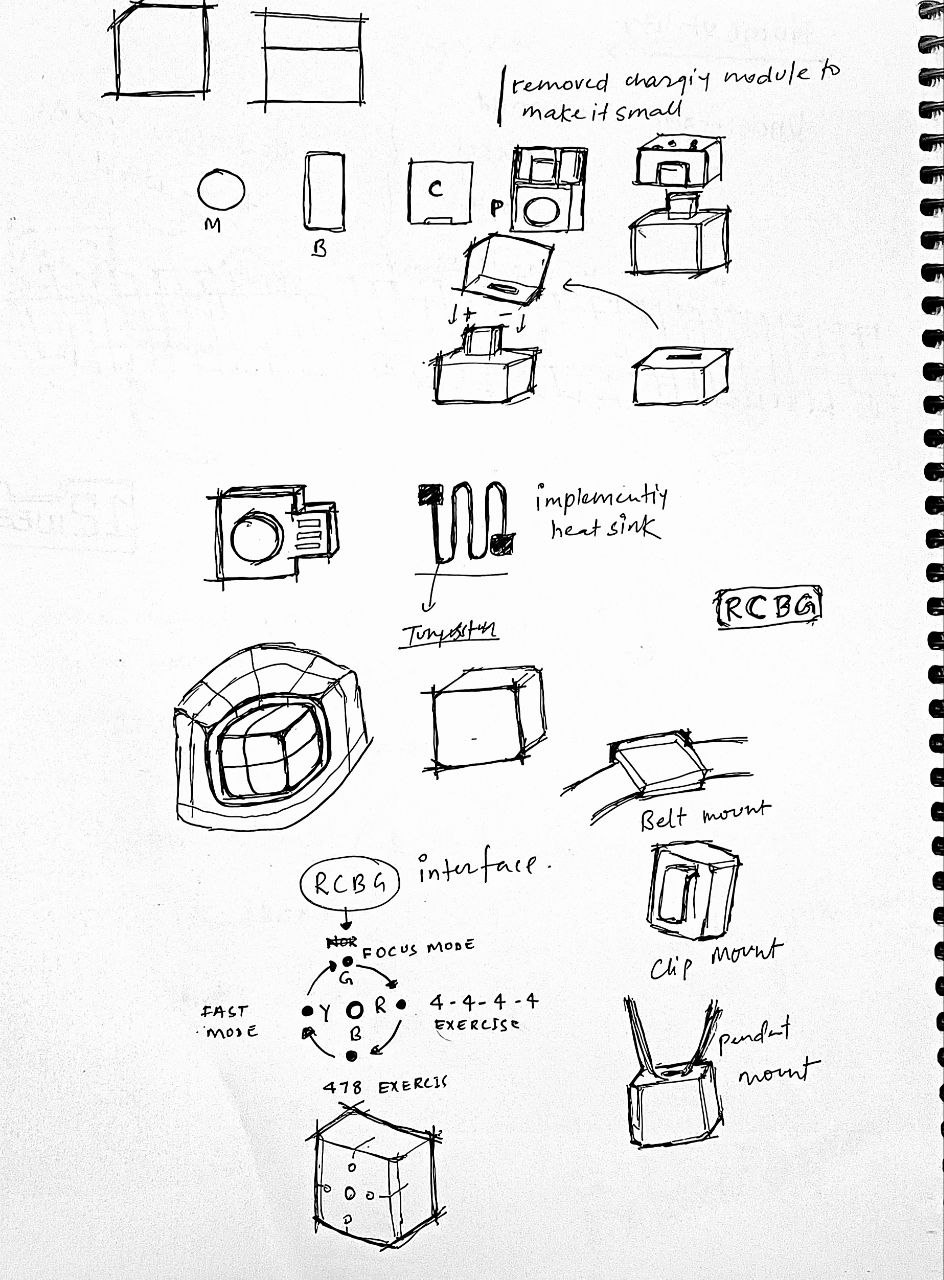
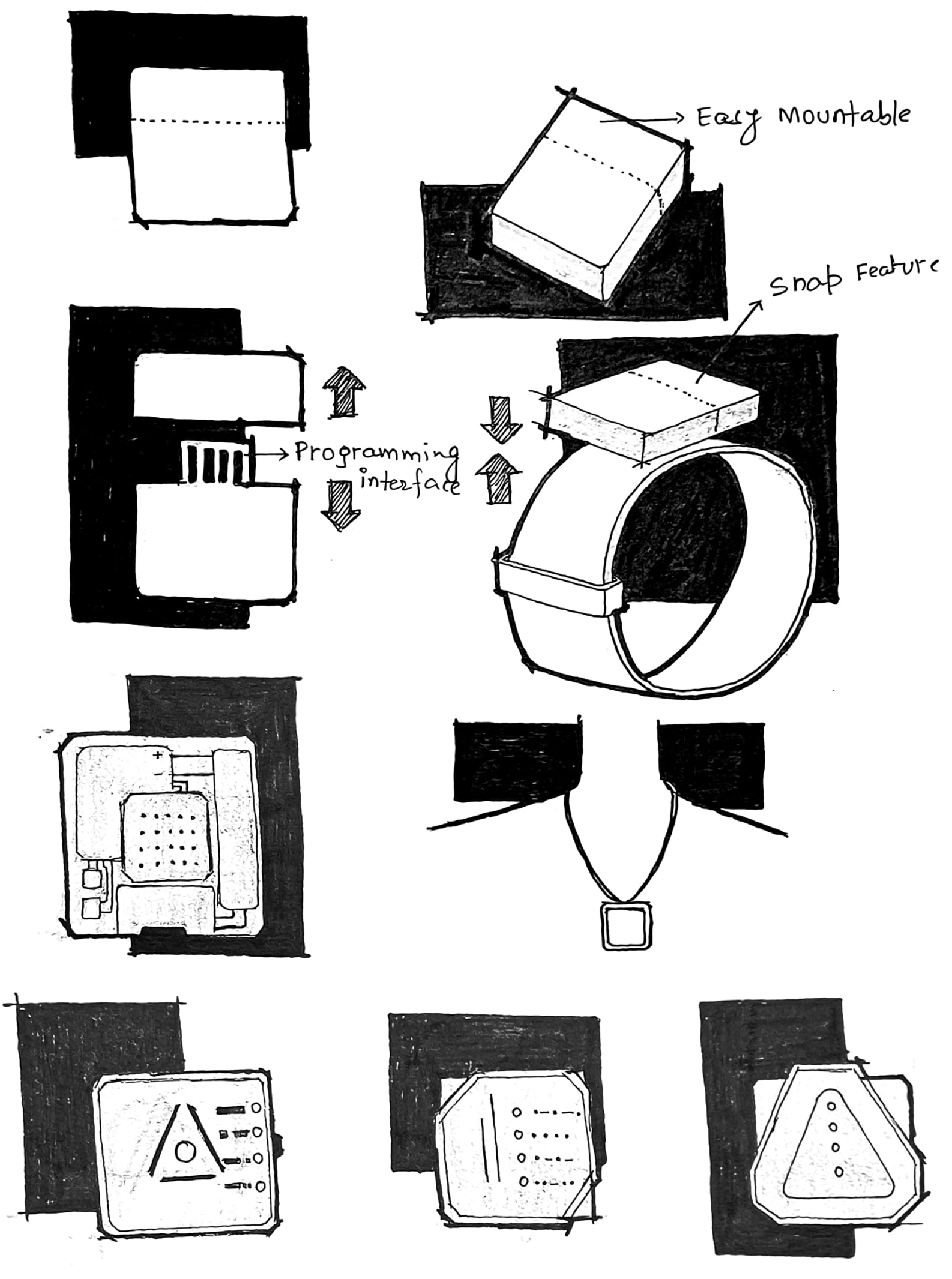
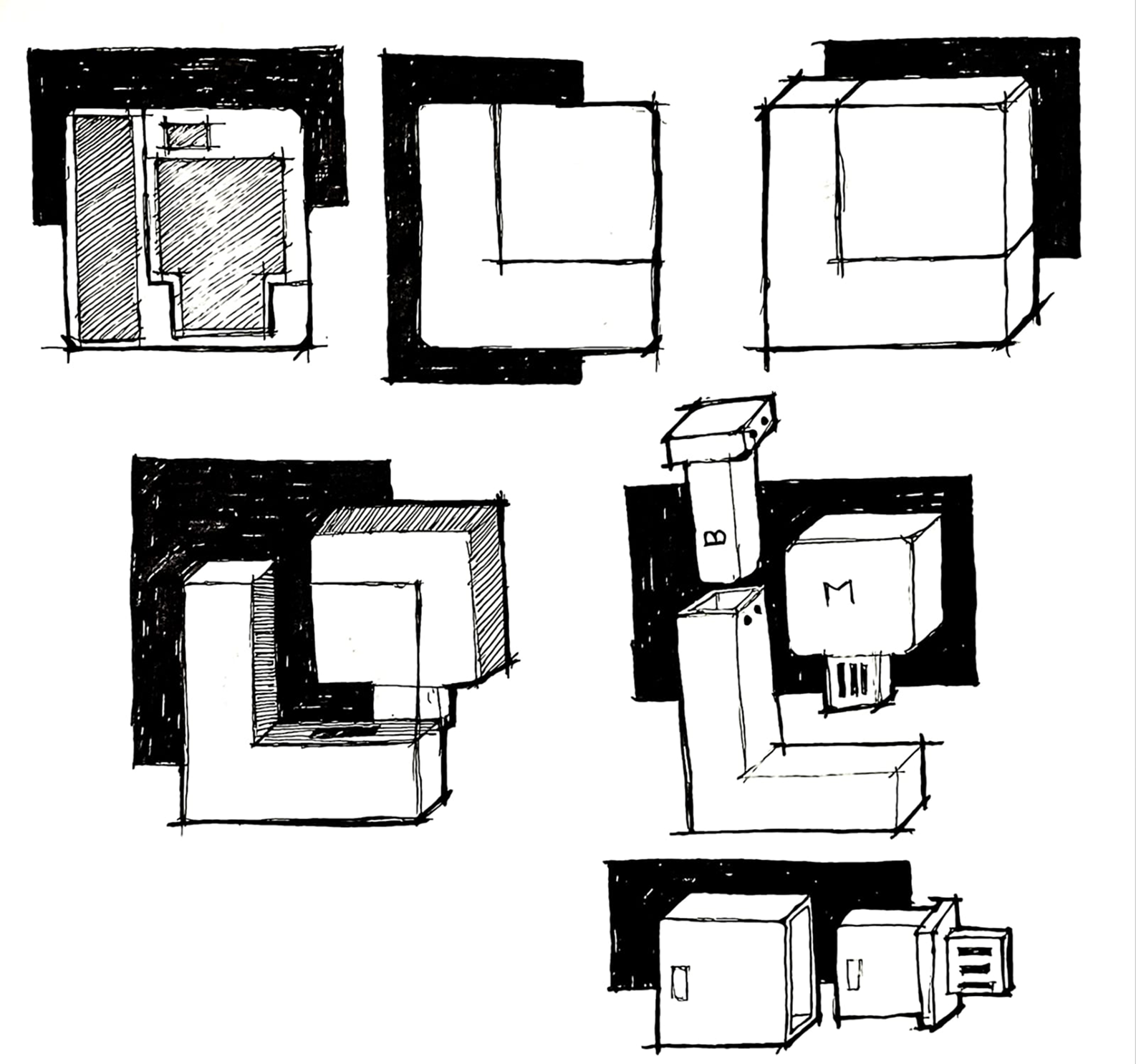
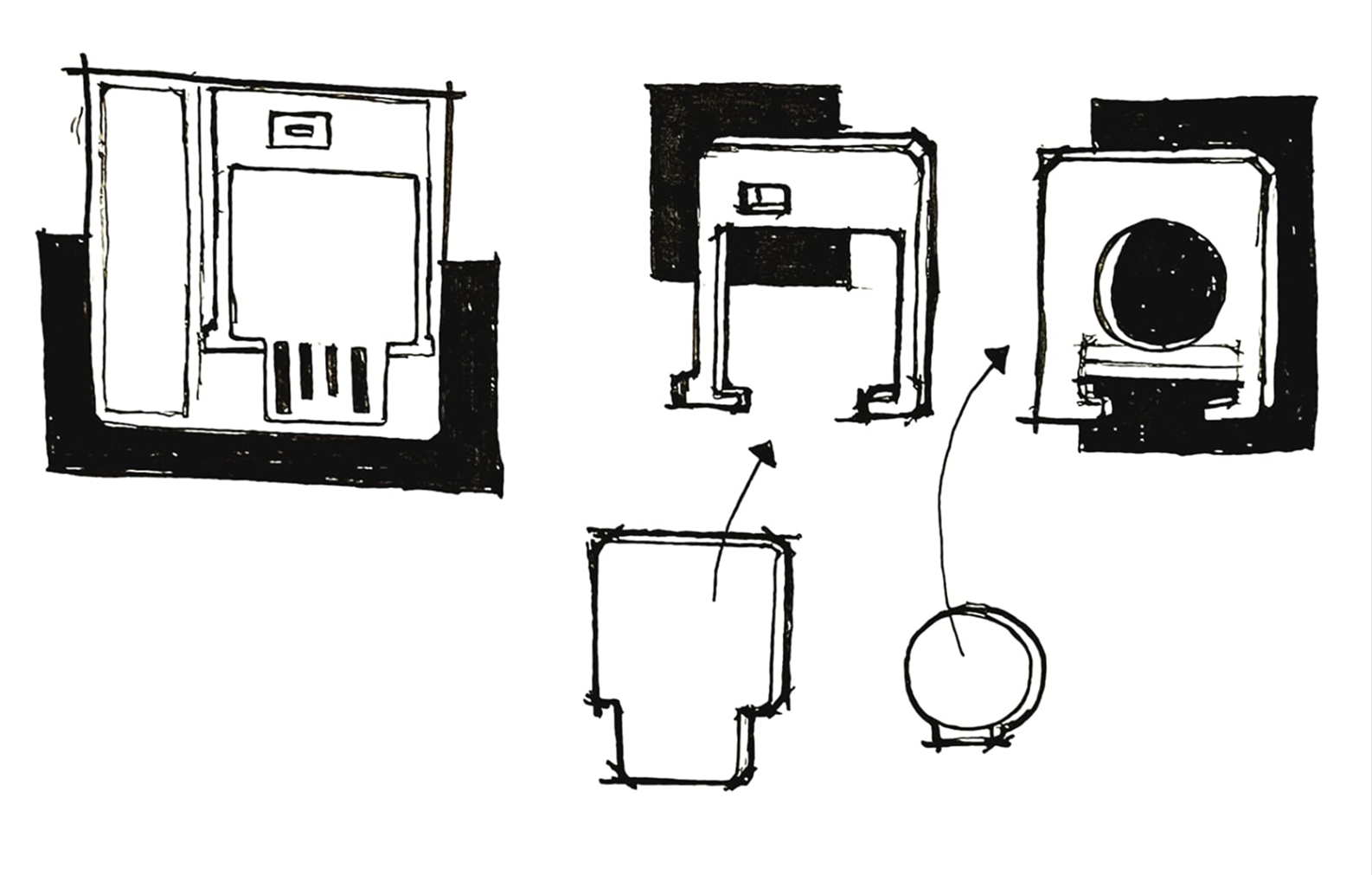
CONCEPT TESTING
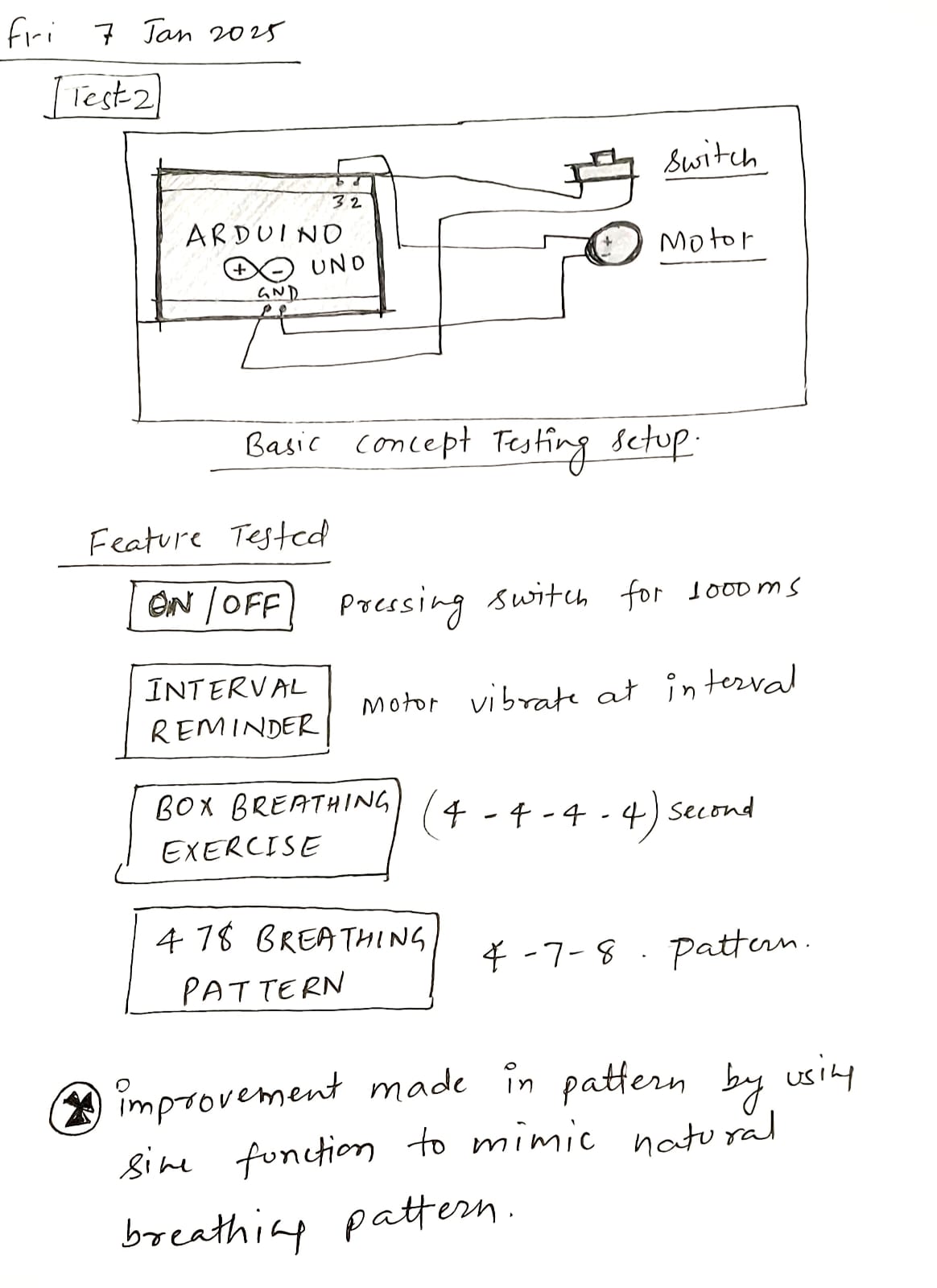
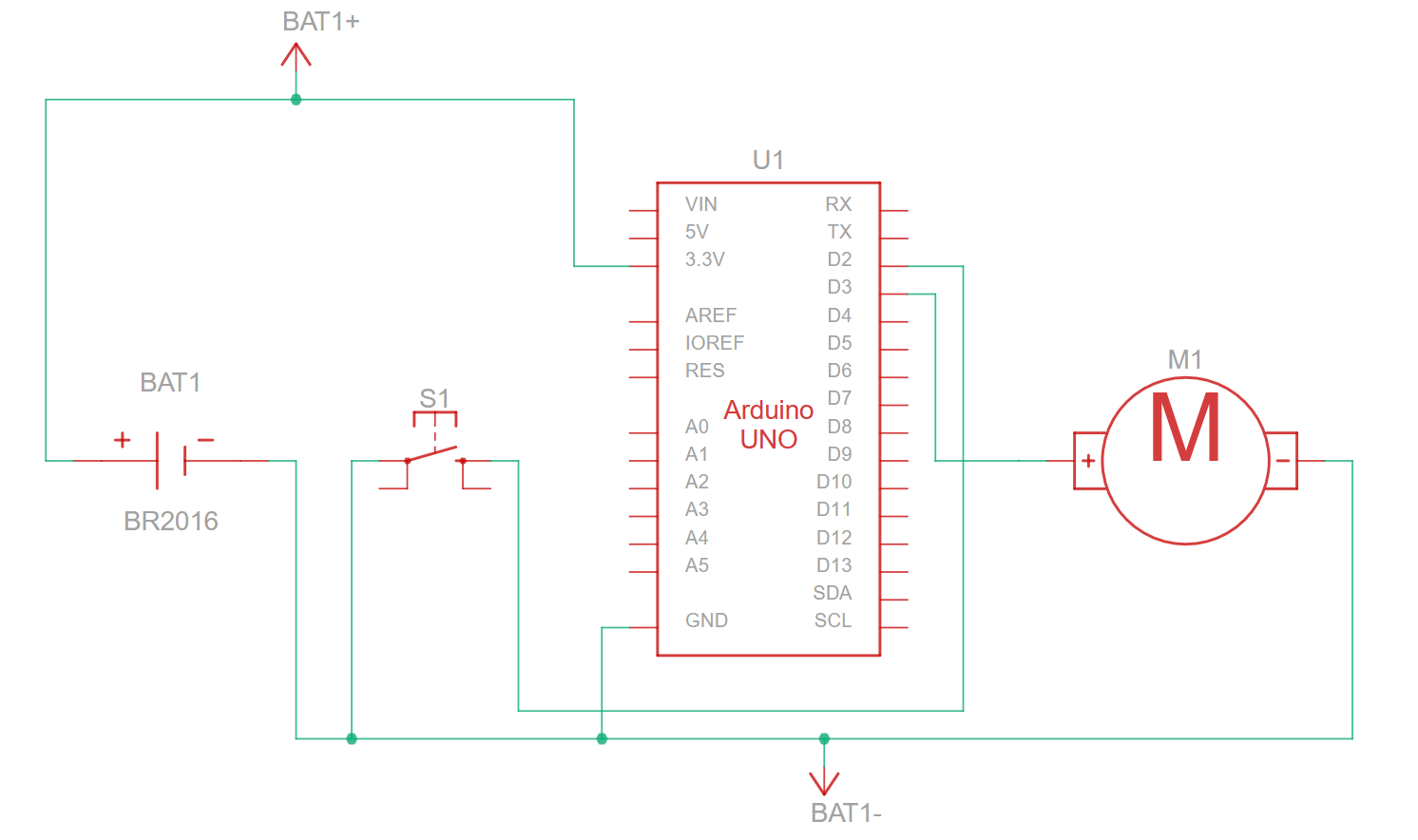
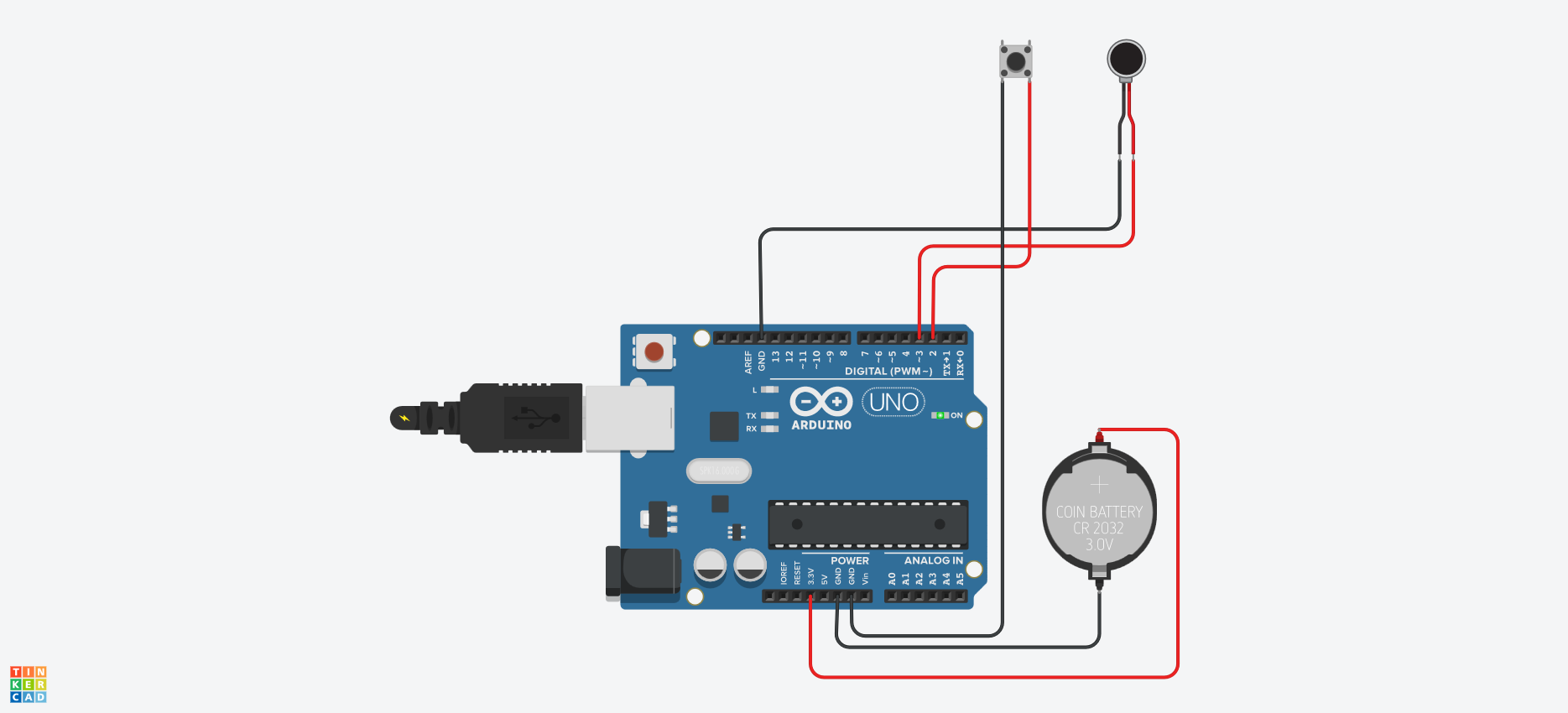
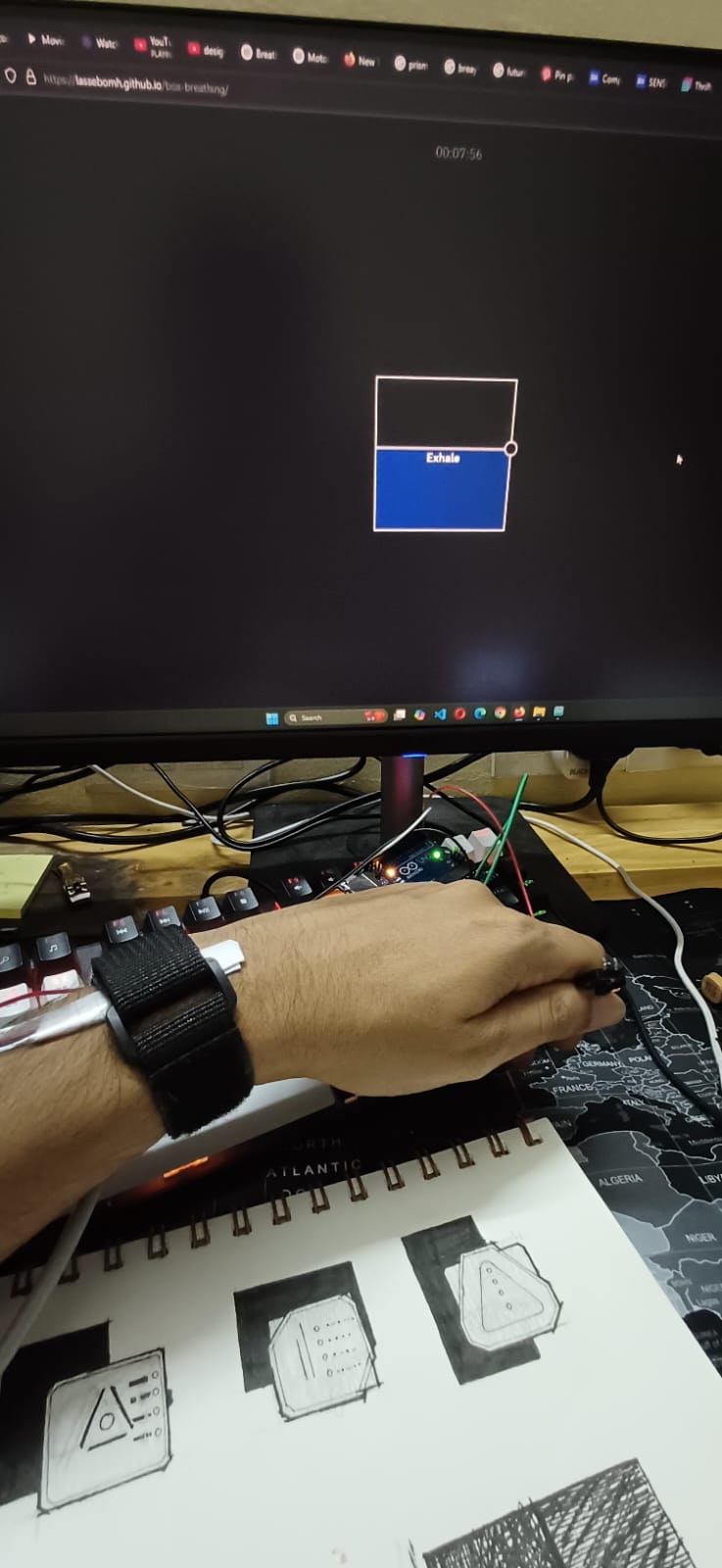
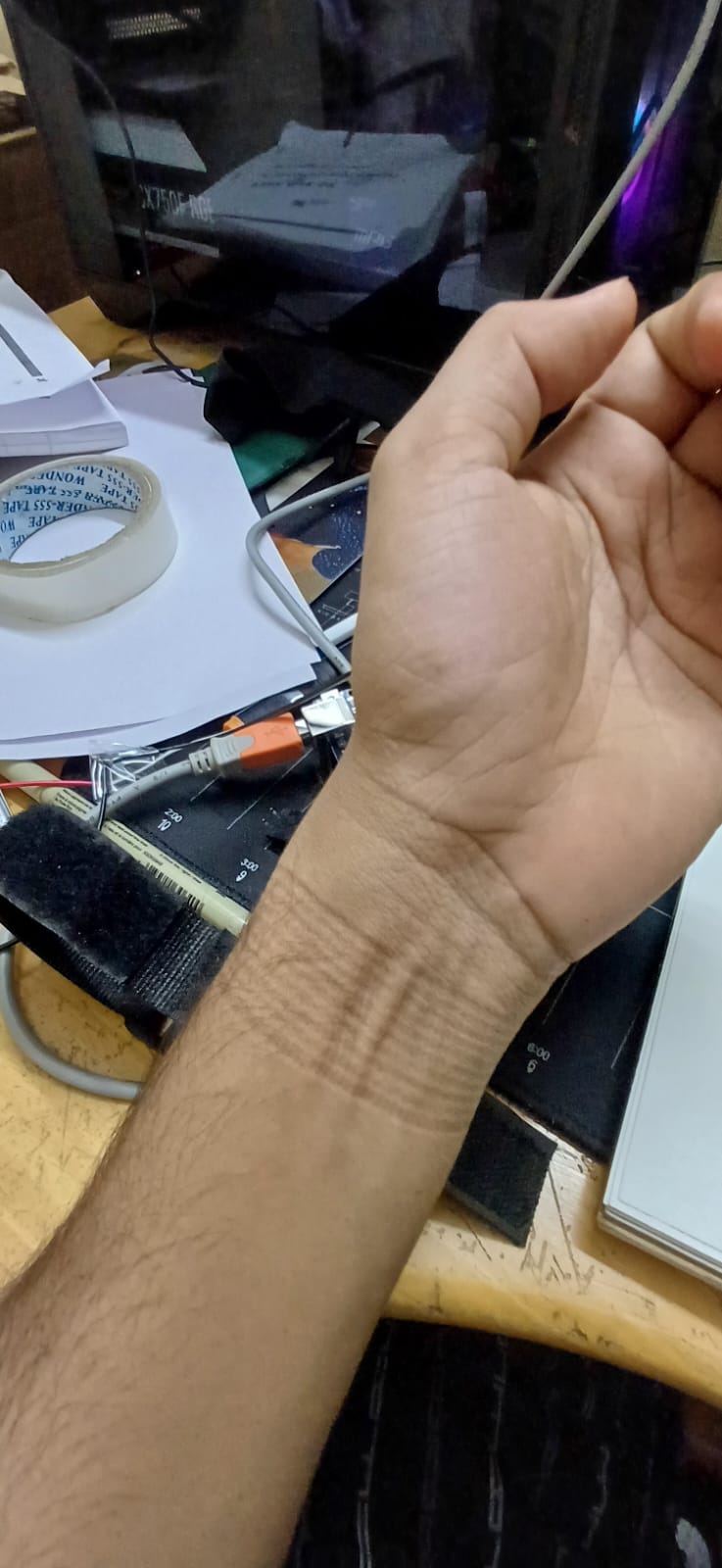
EMBODIMENT PHASE -1
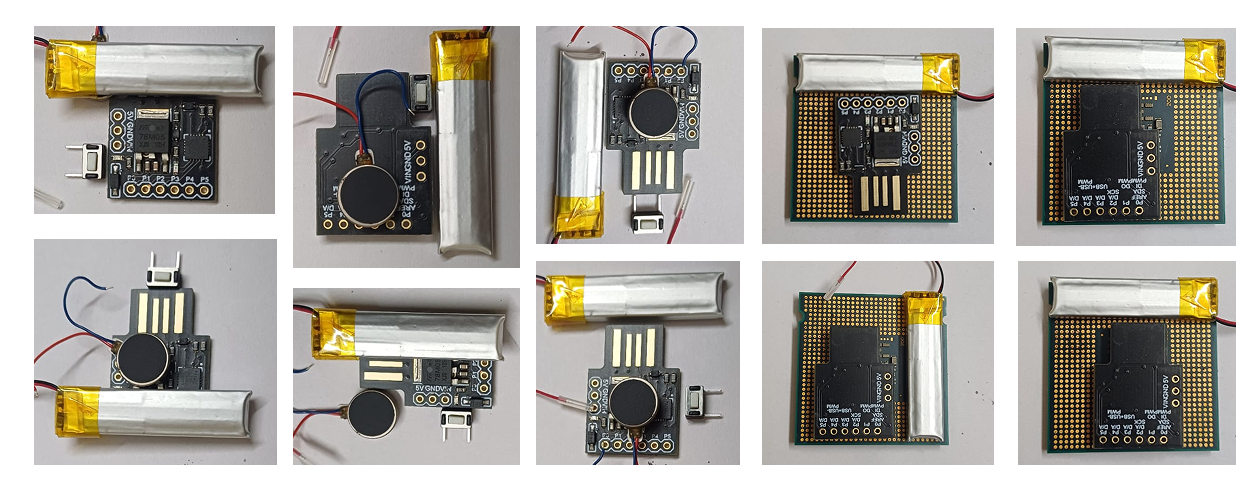
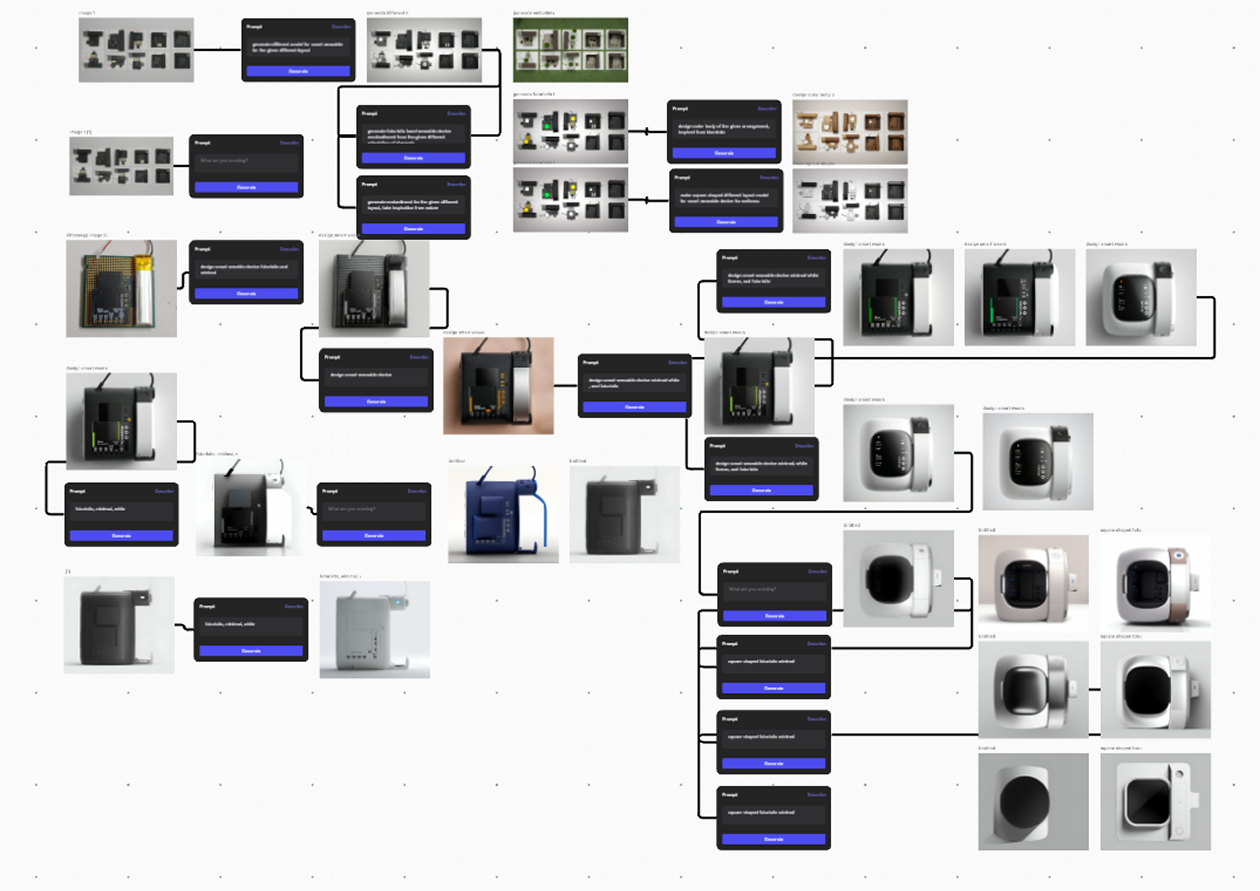
PROTOTYPE v1.0
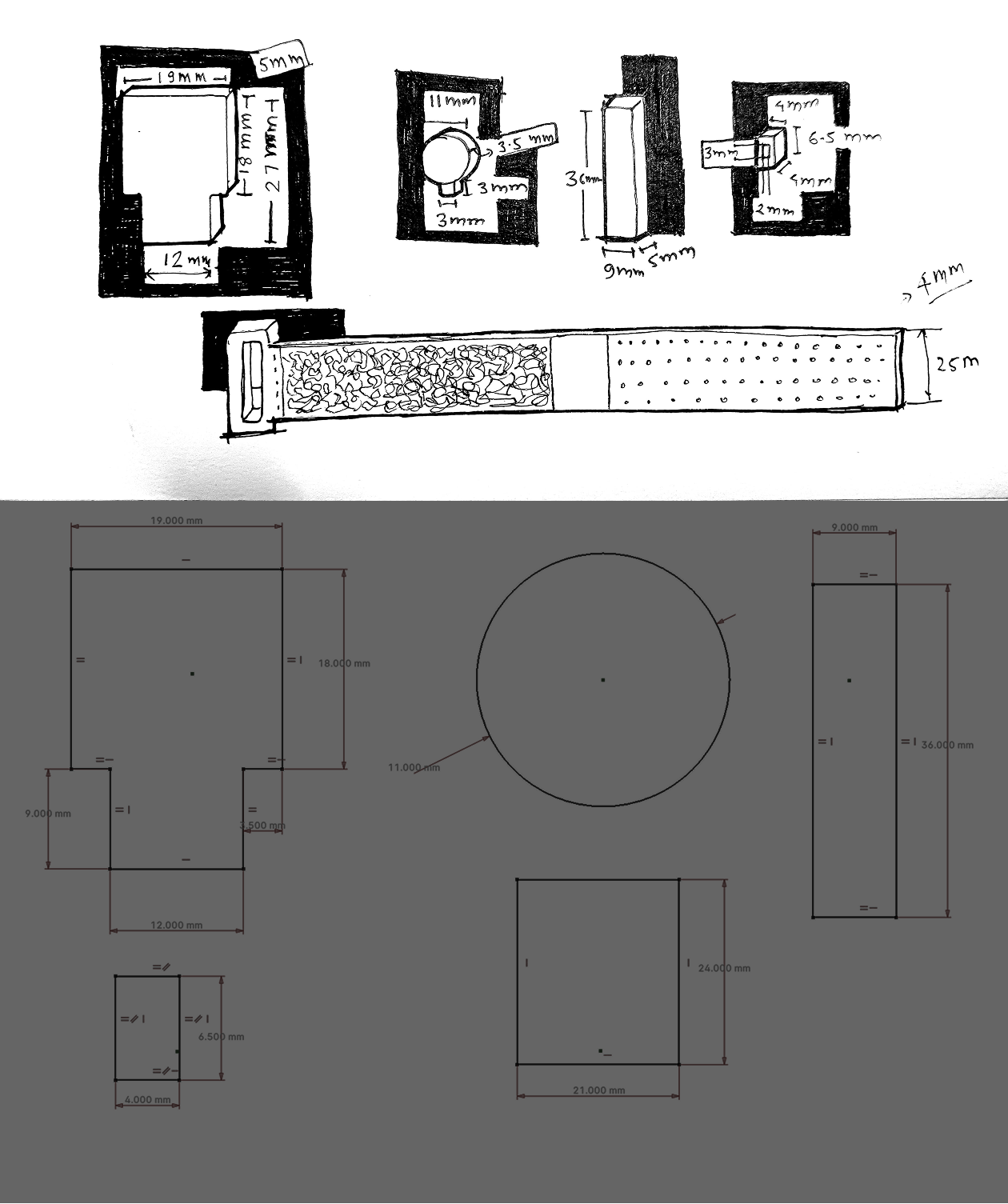
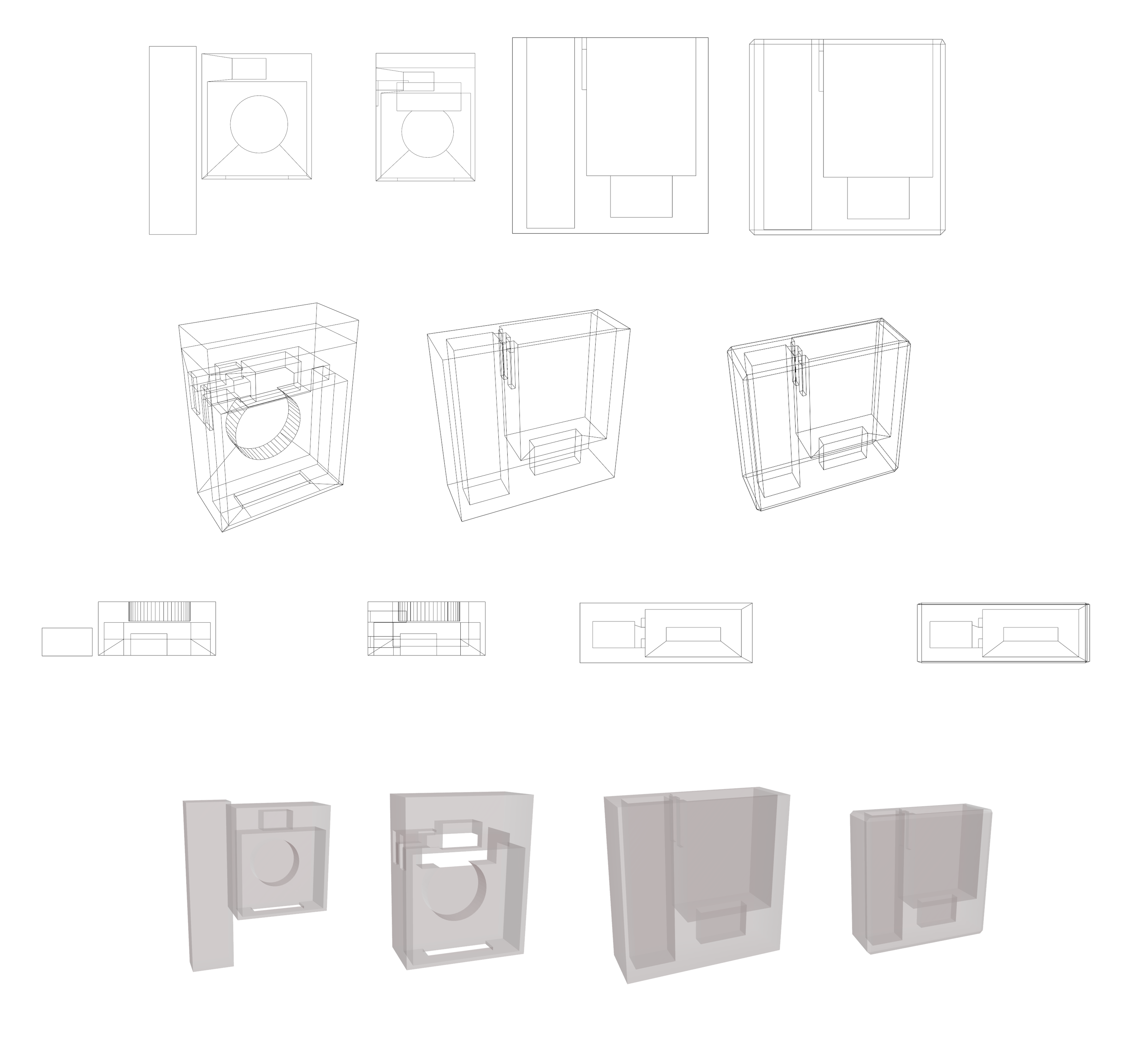
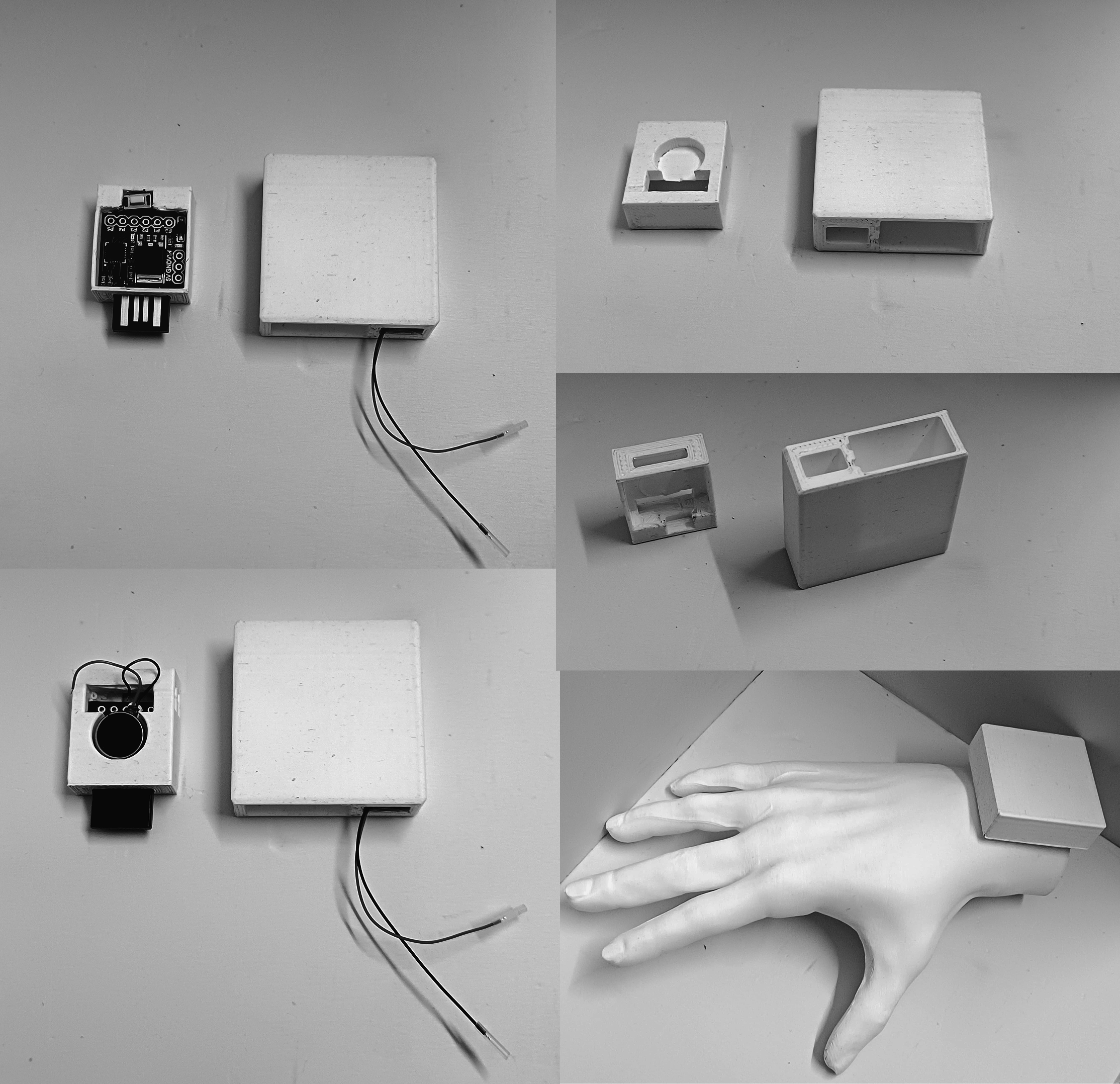
PROTOTYPE v1.1
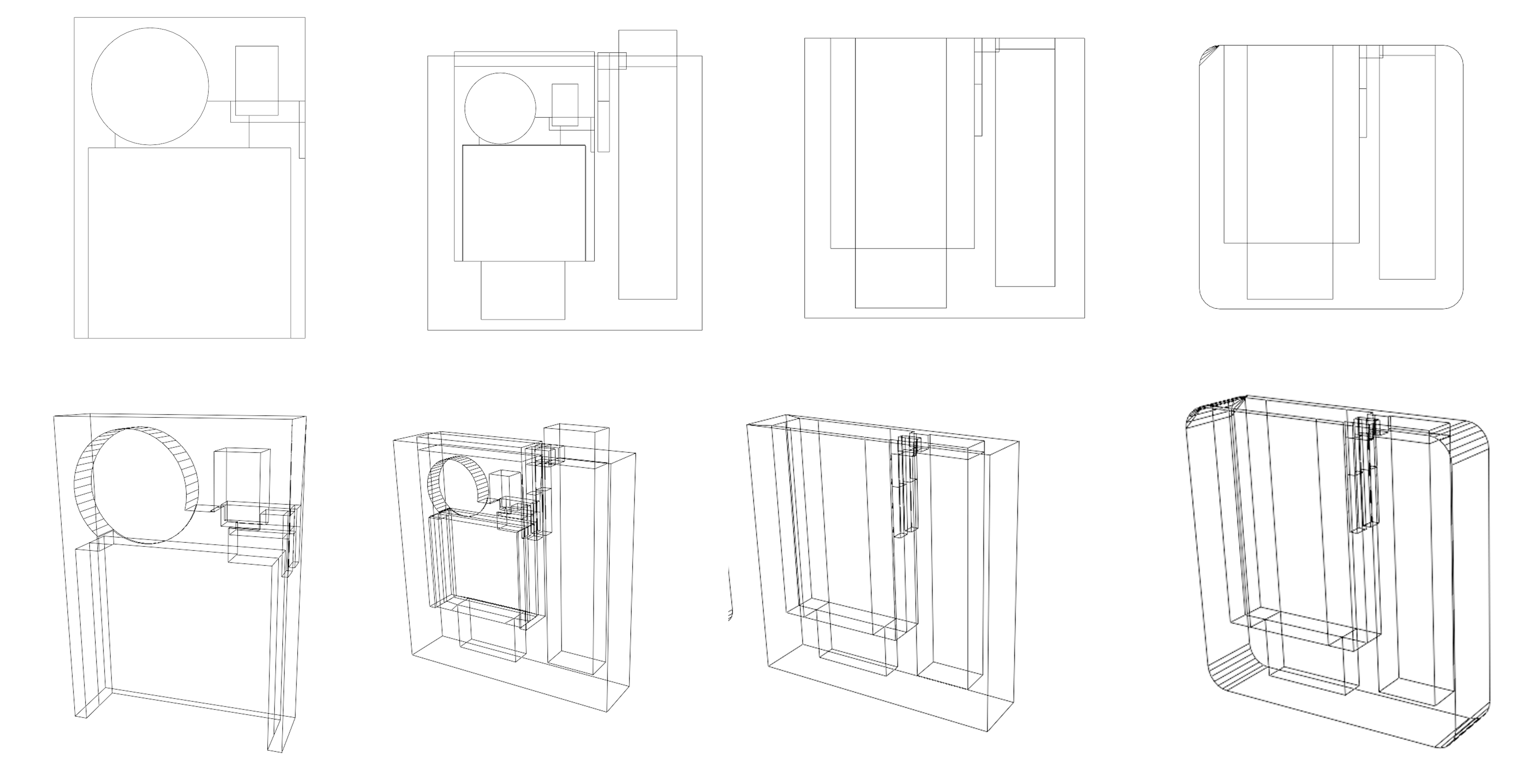

PROTOTYPE v2.0
FINAL PROTOTYPE
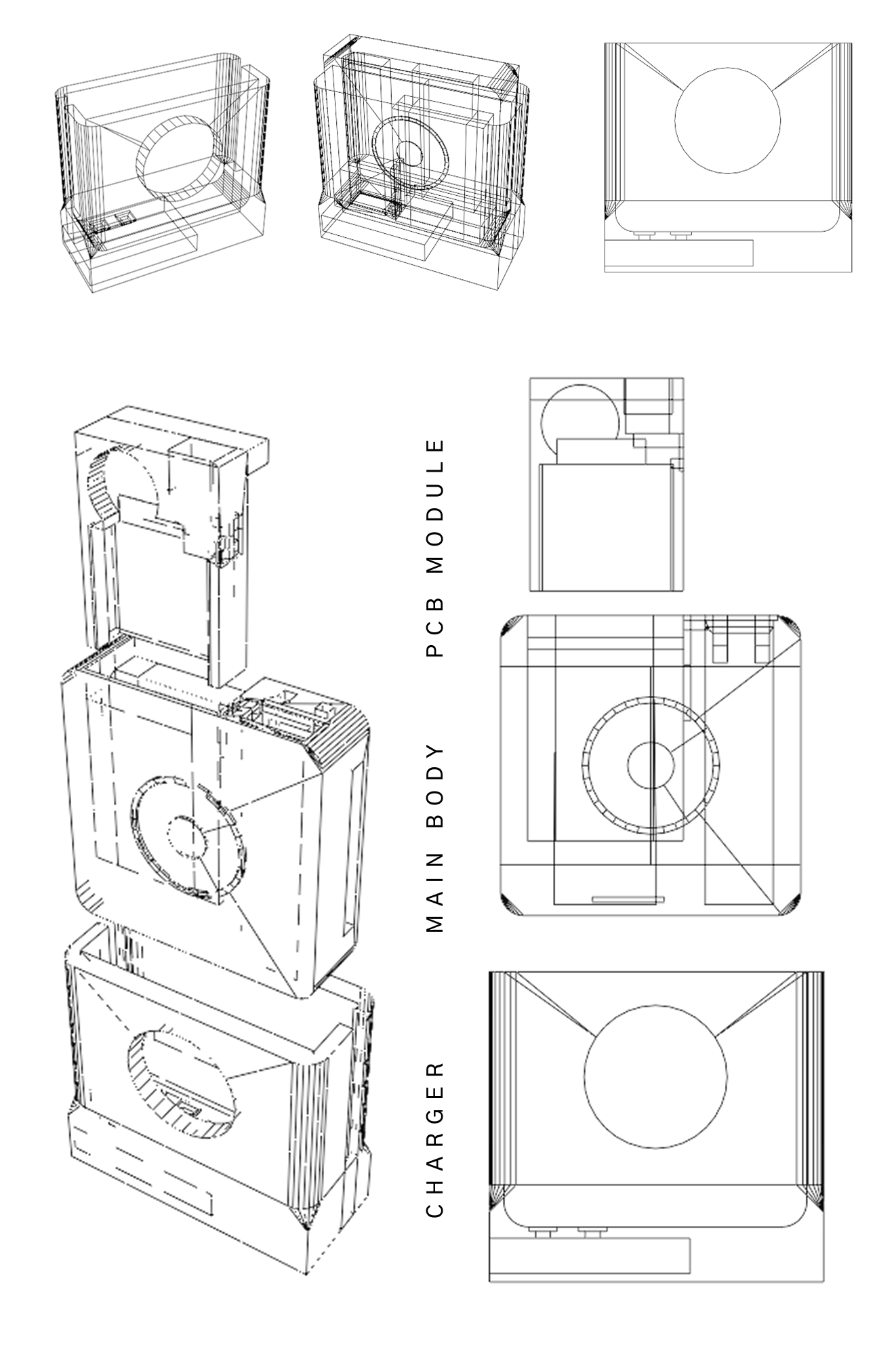
FINAL PROTOTYPE
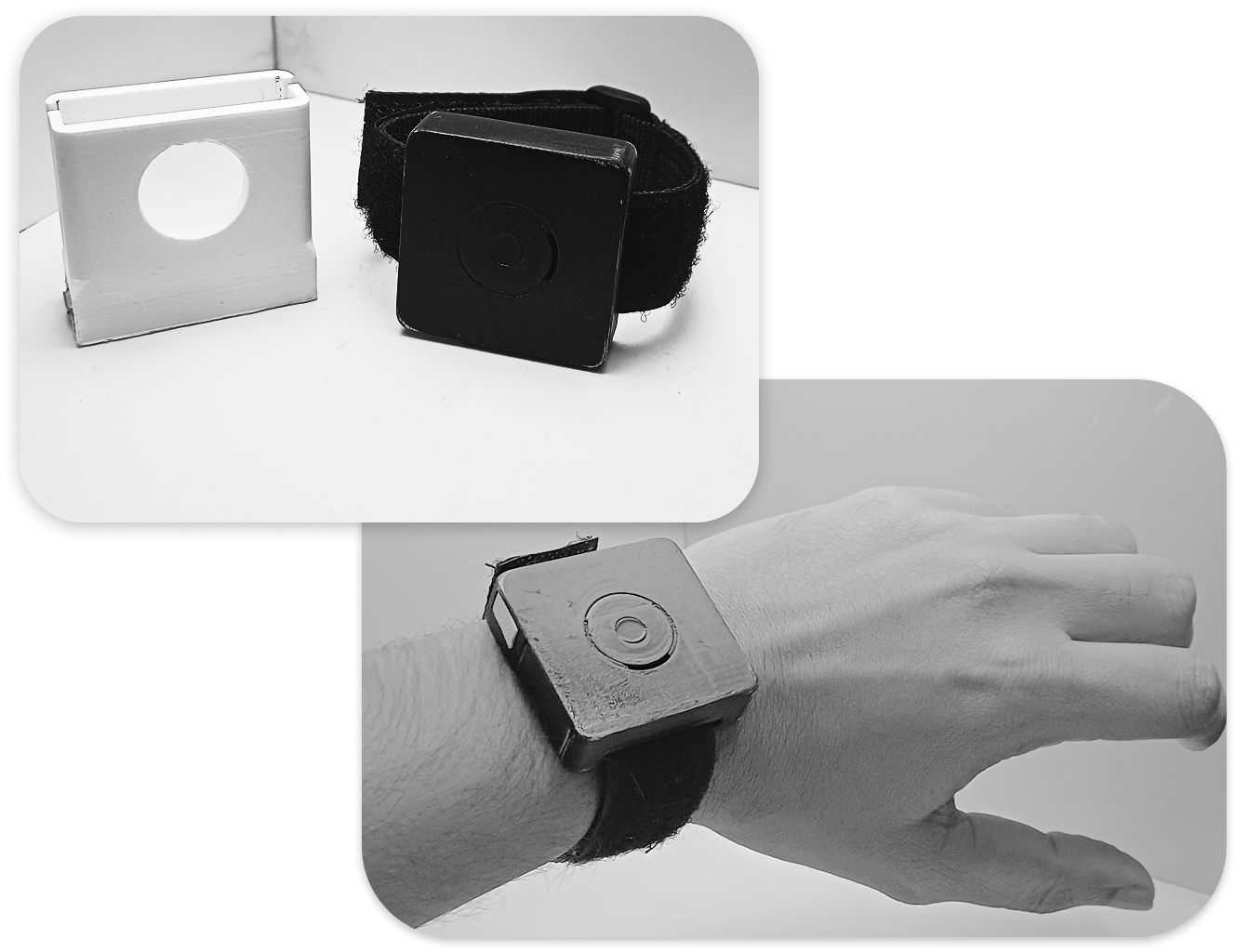
LOGO EXPLORATION
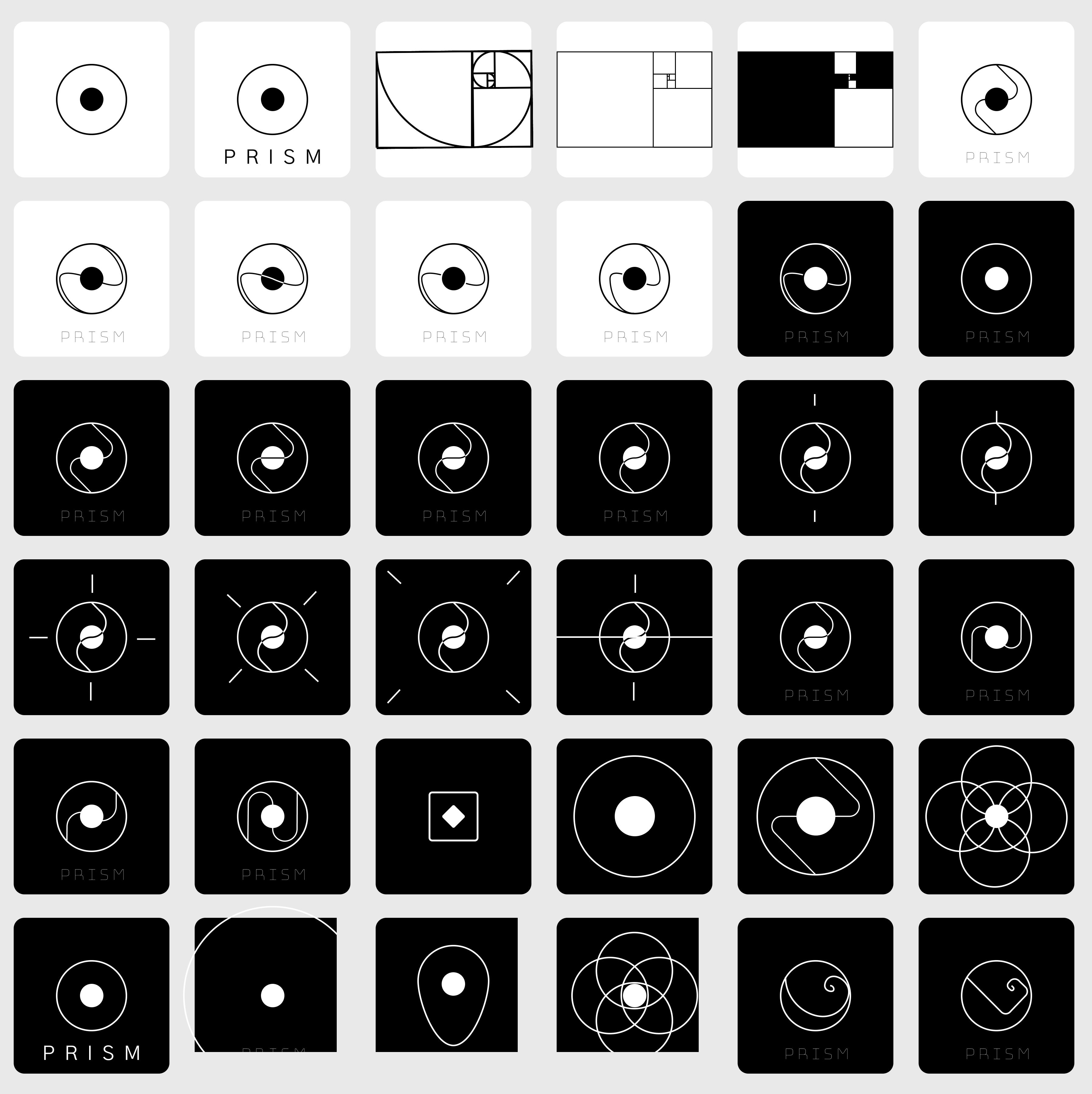
PREFORM DESIGNS
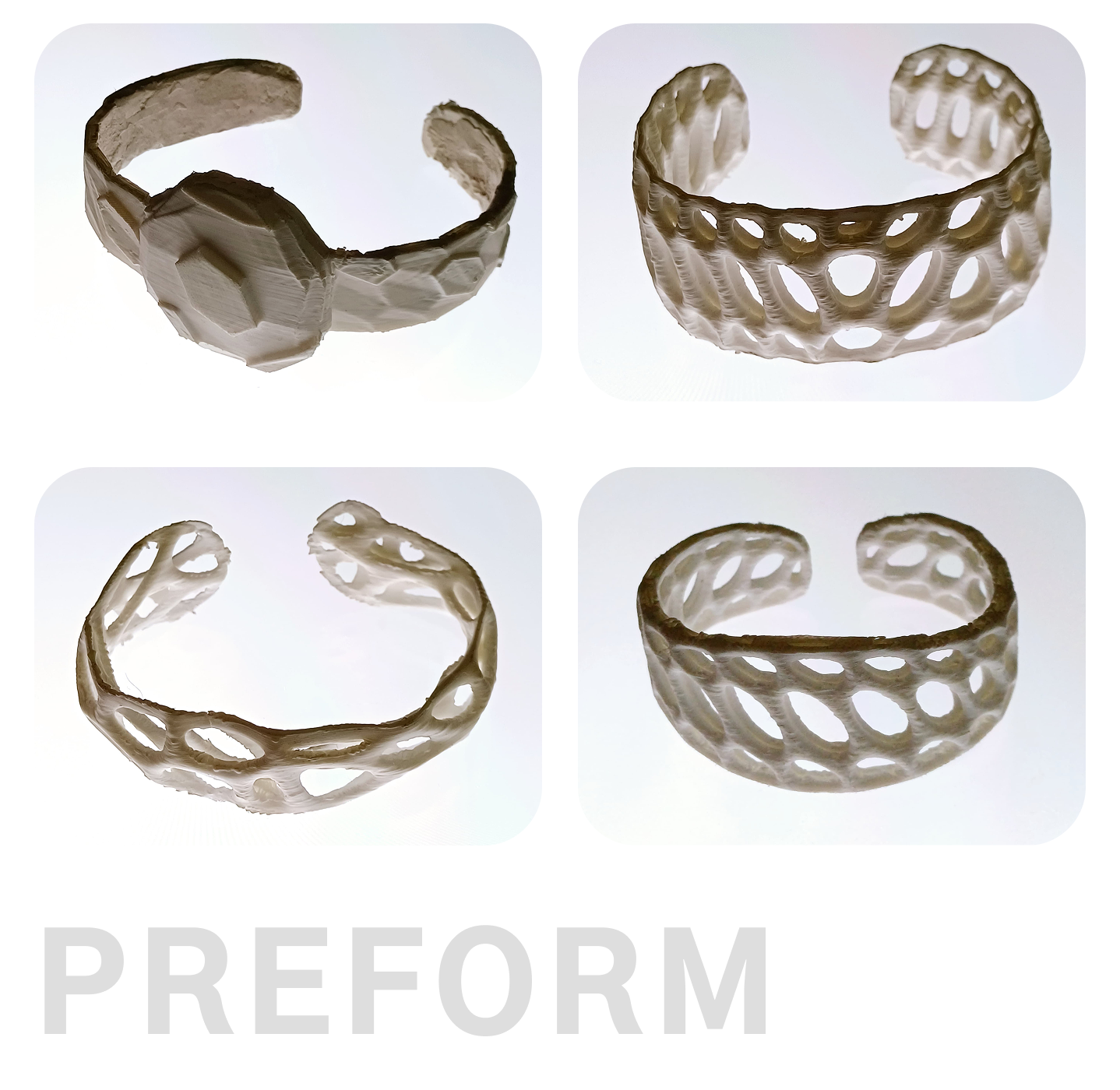
USER FEEDBACK & MARKET
ADVERTISEMENT POSTERS

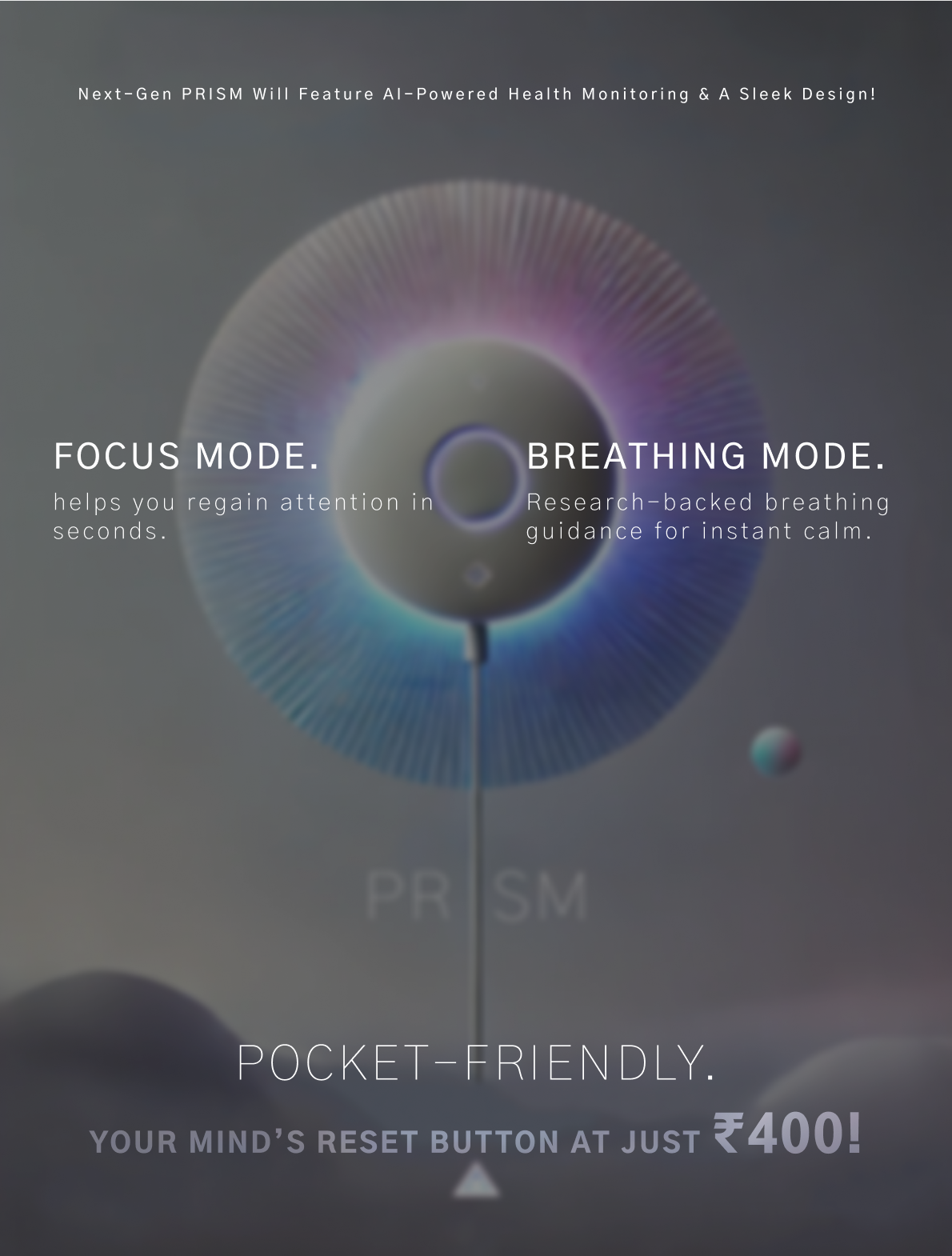
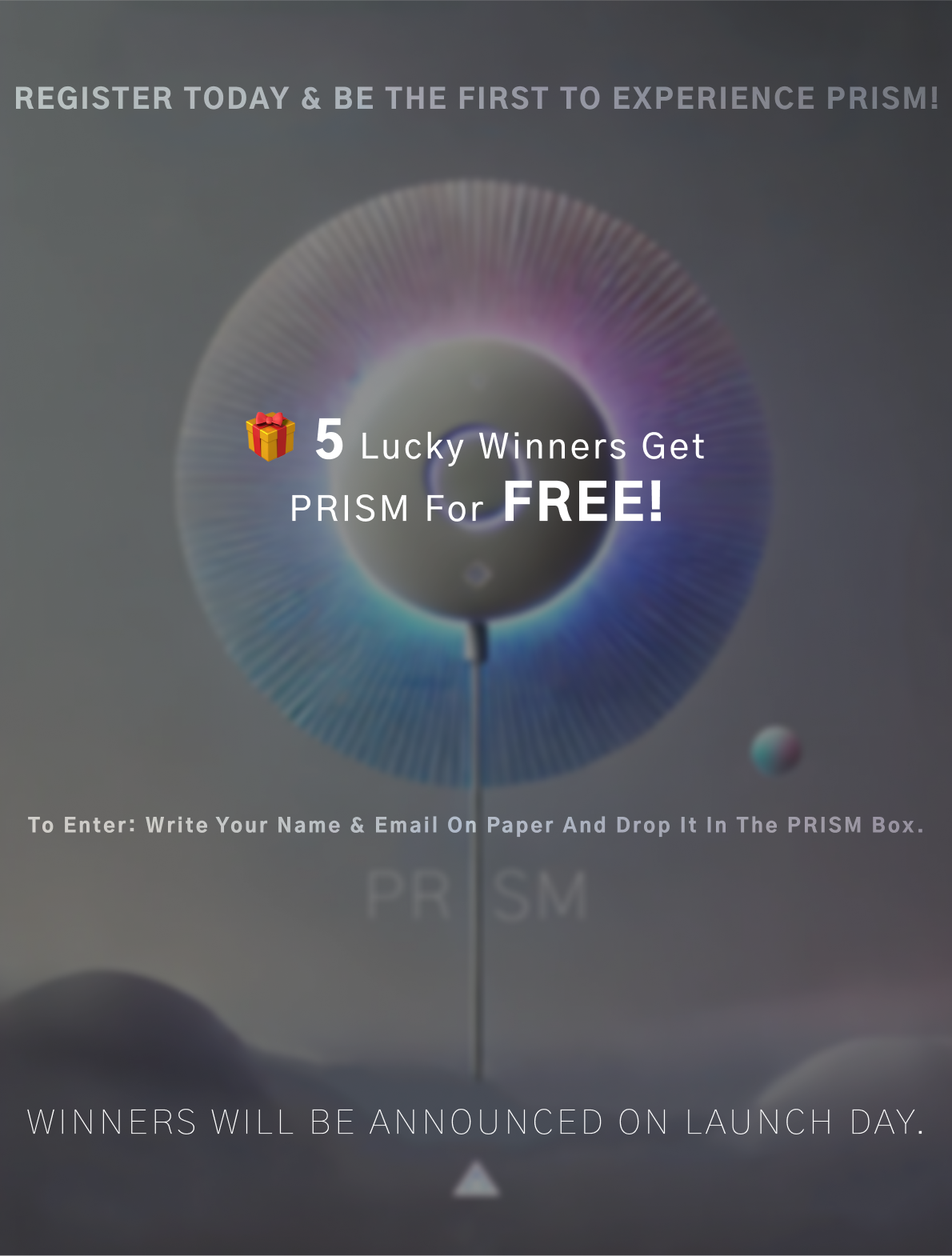
IISc OPEN DAY USER FEEDBACK
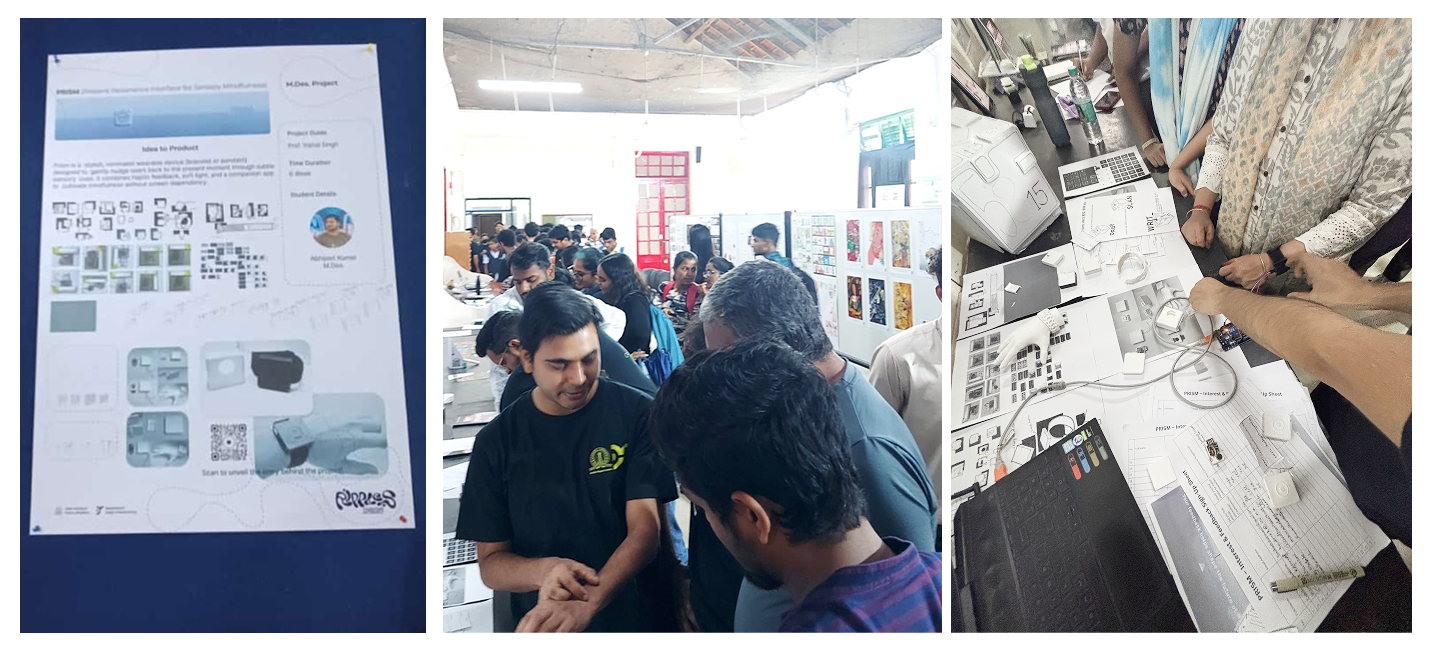
USER INTERACTION WITH EARLY VERSION OF PRISM
.png)
